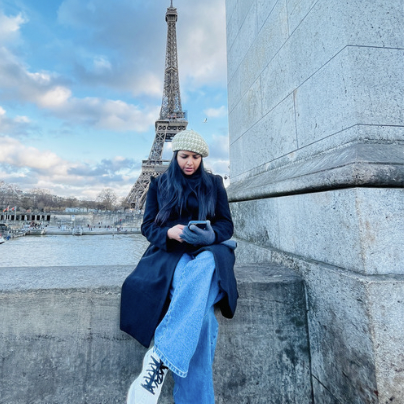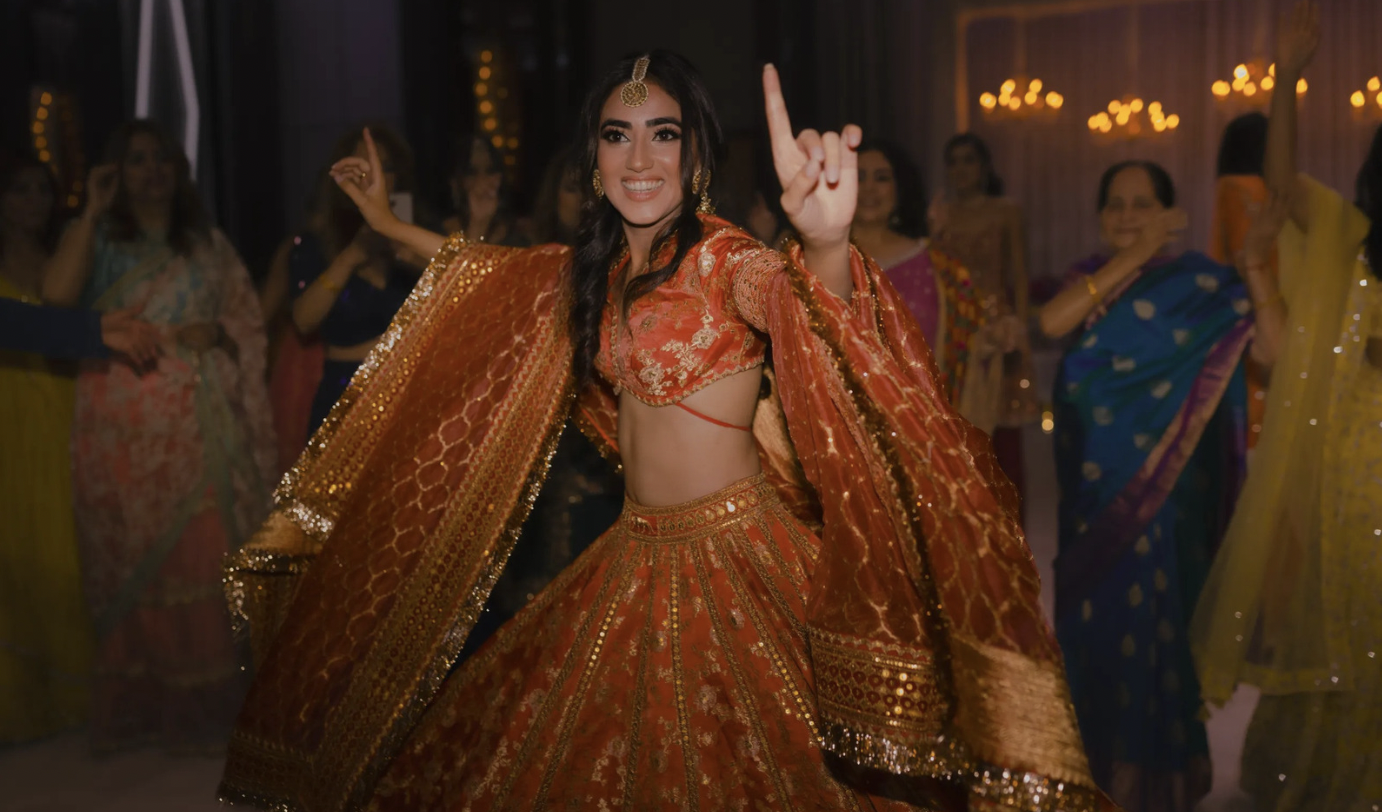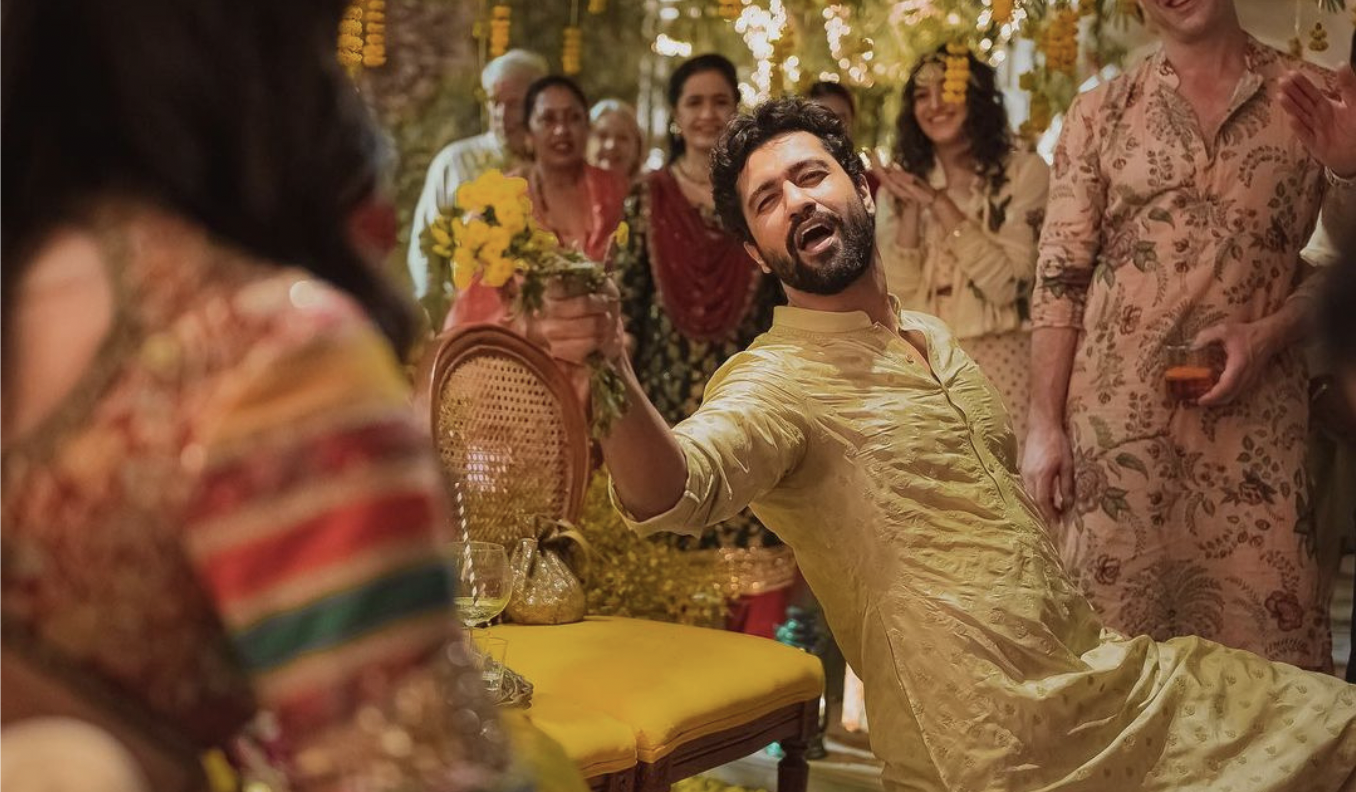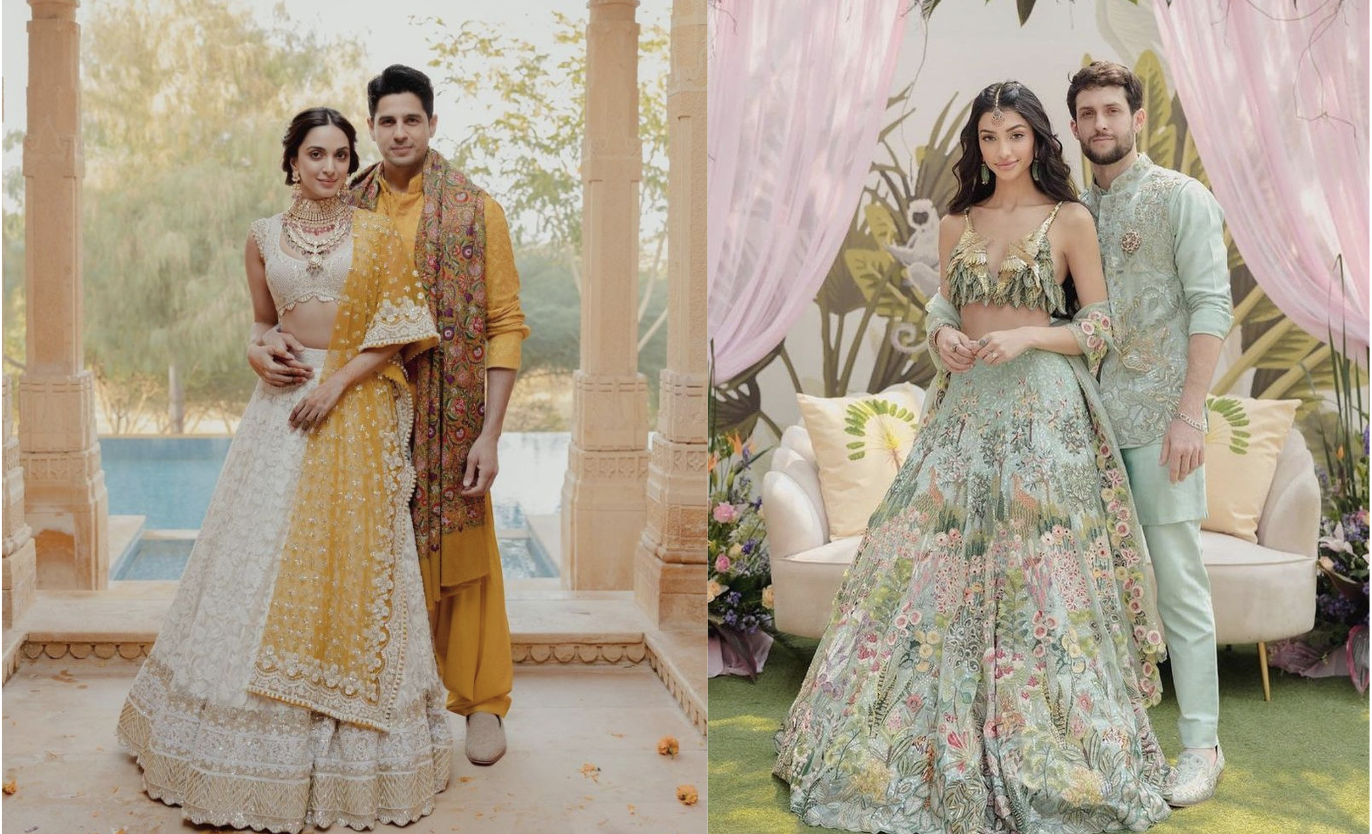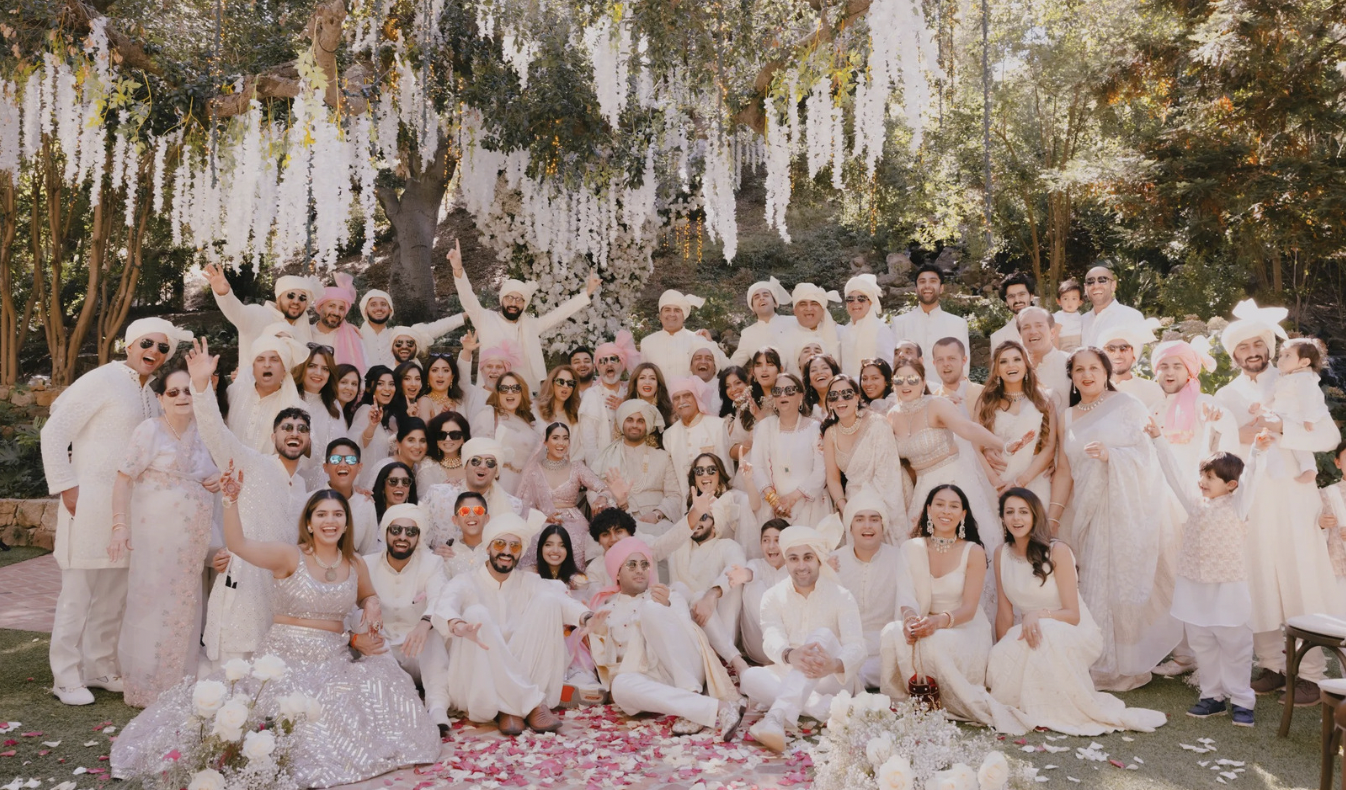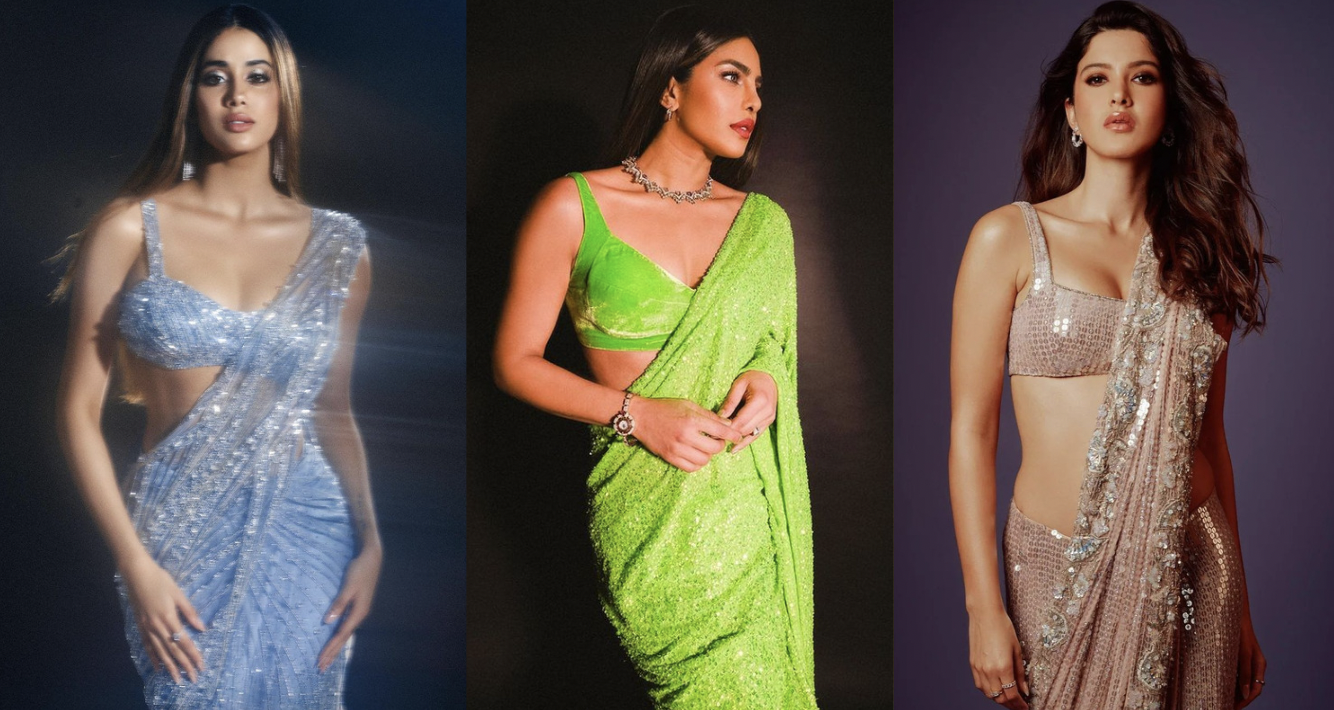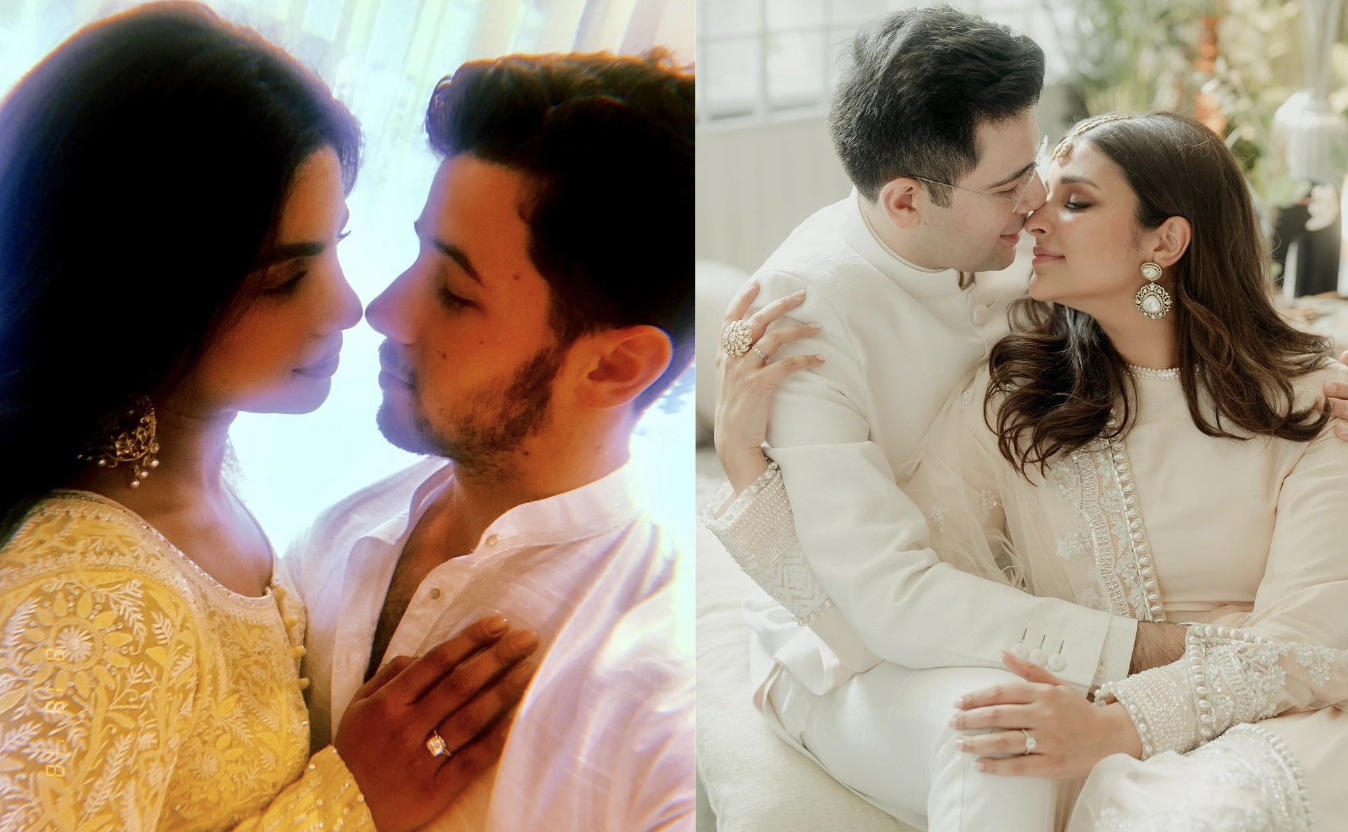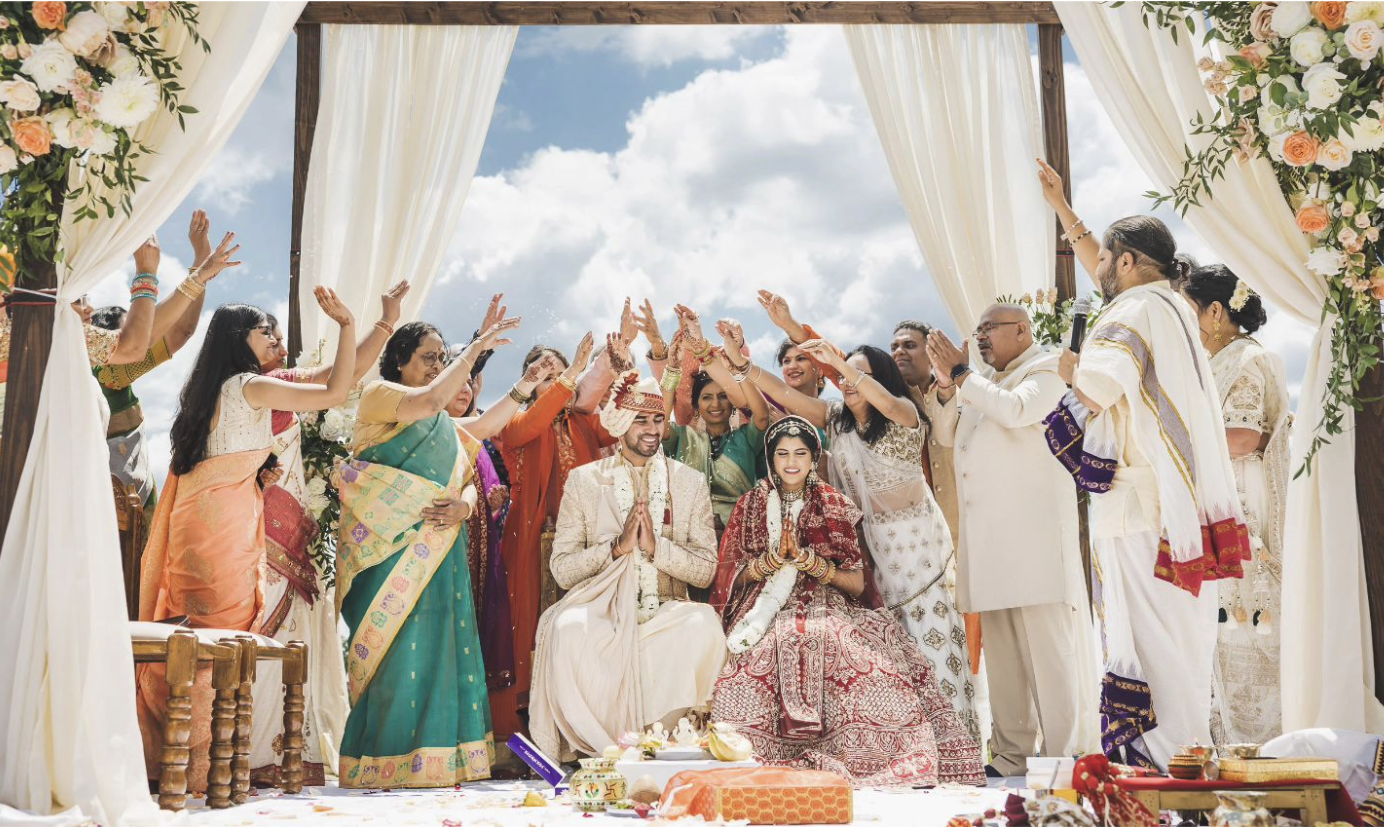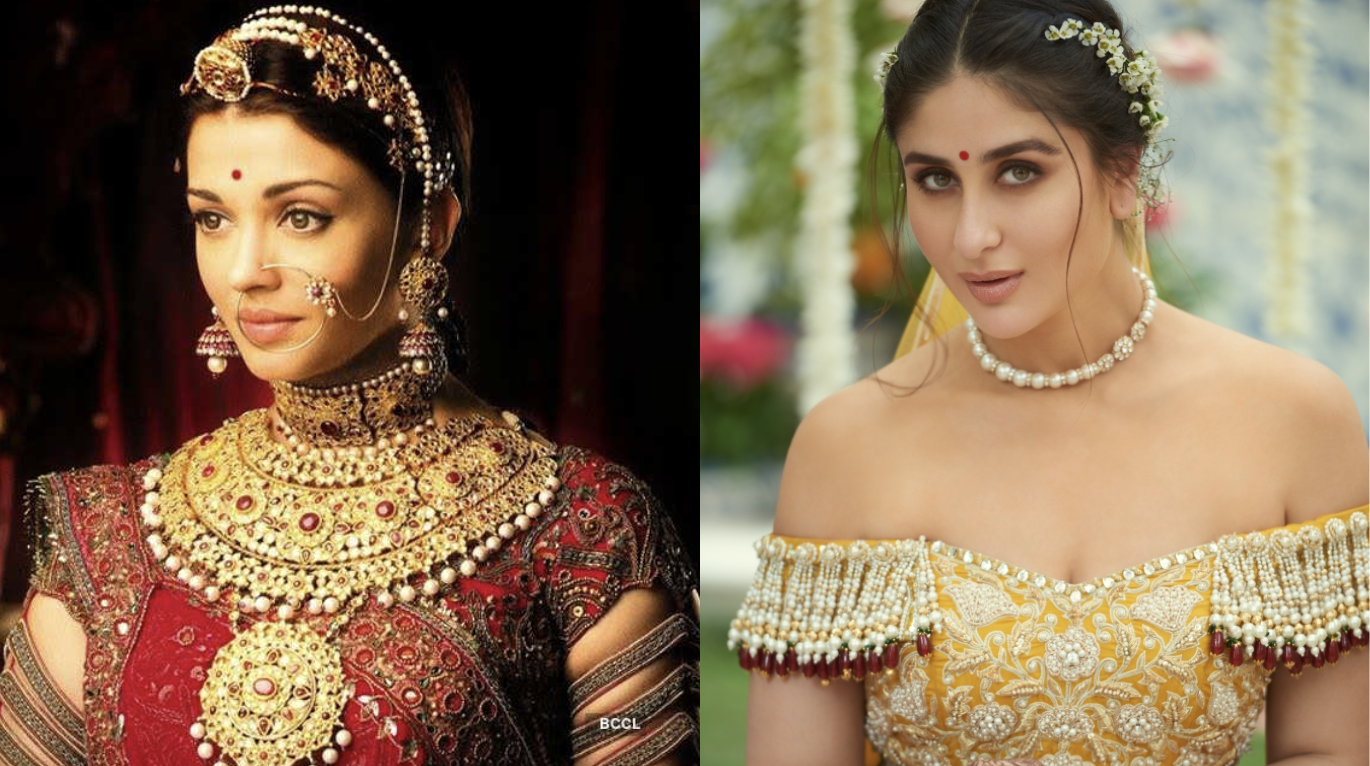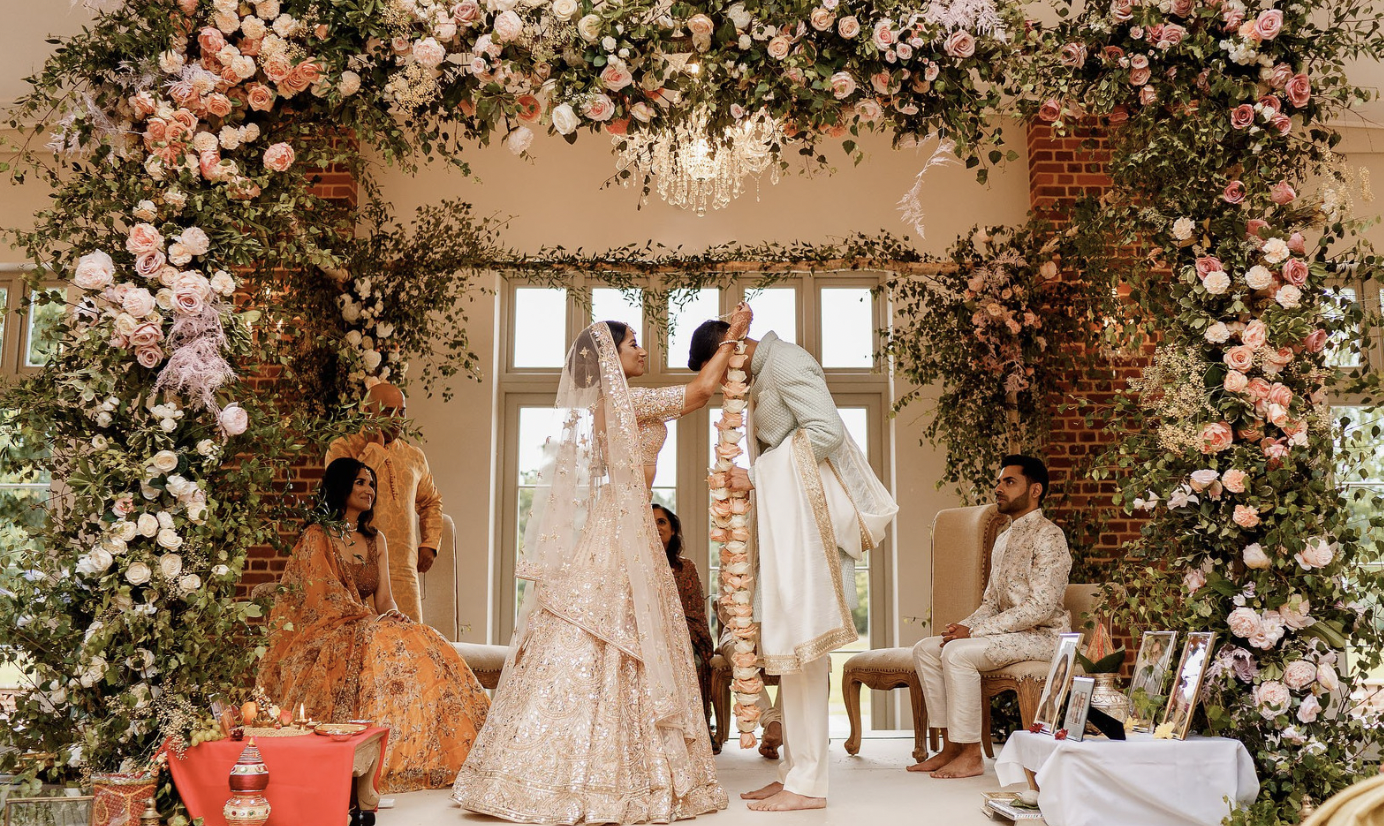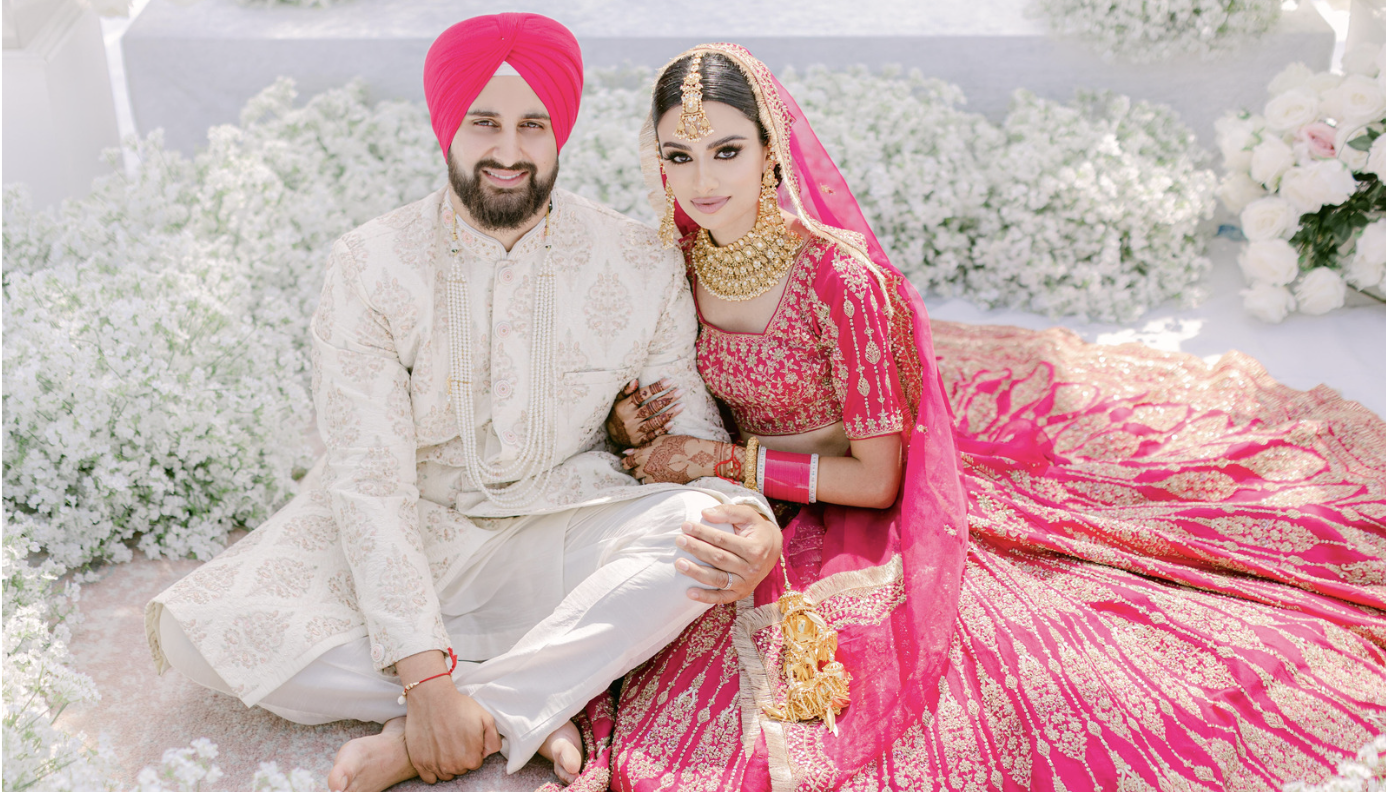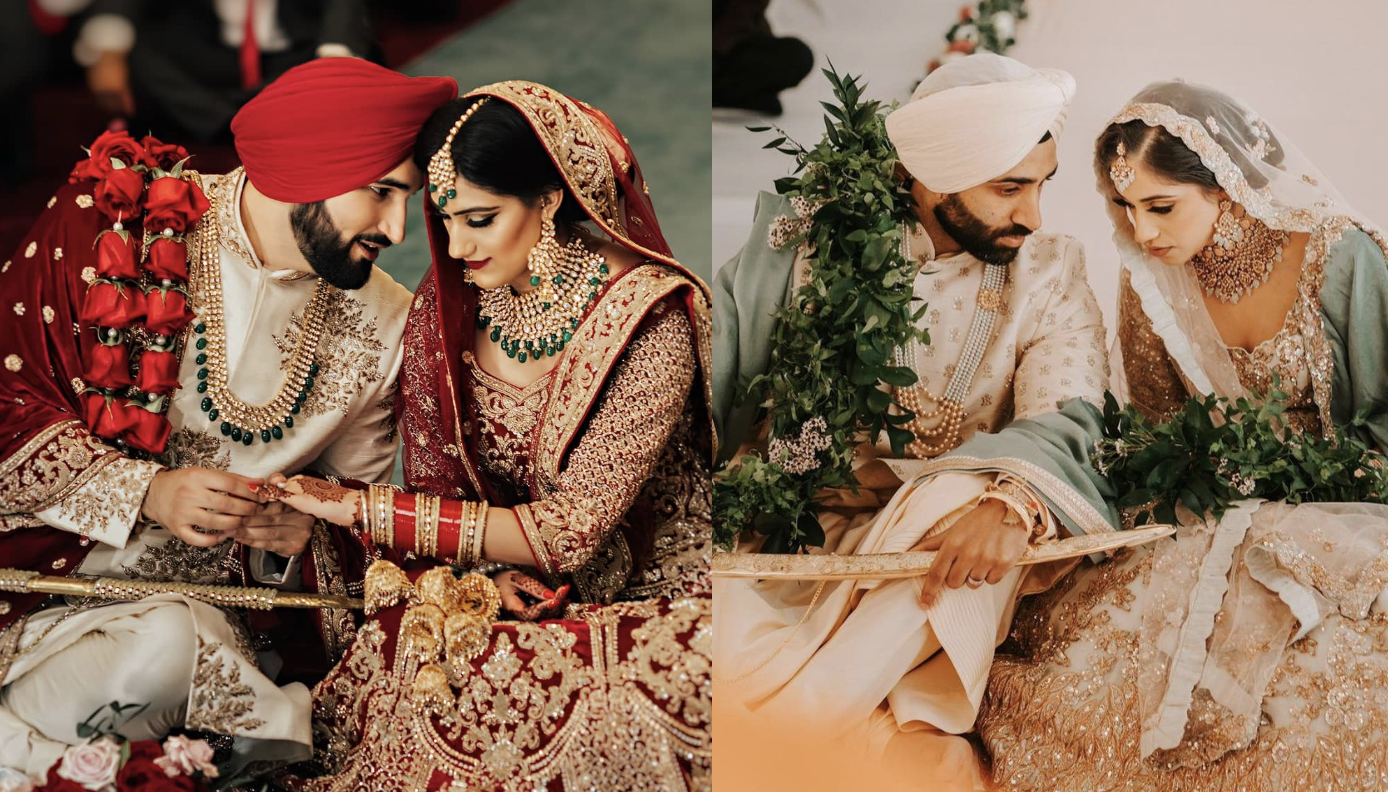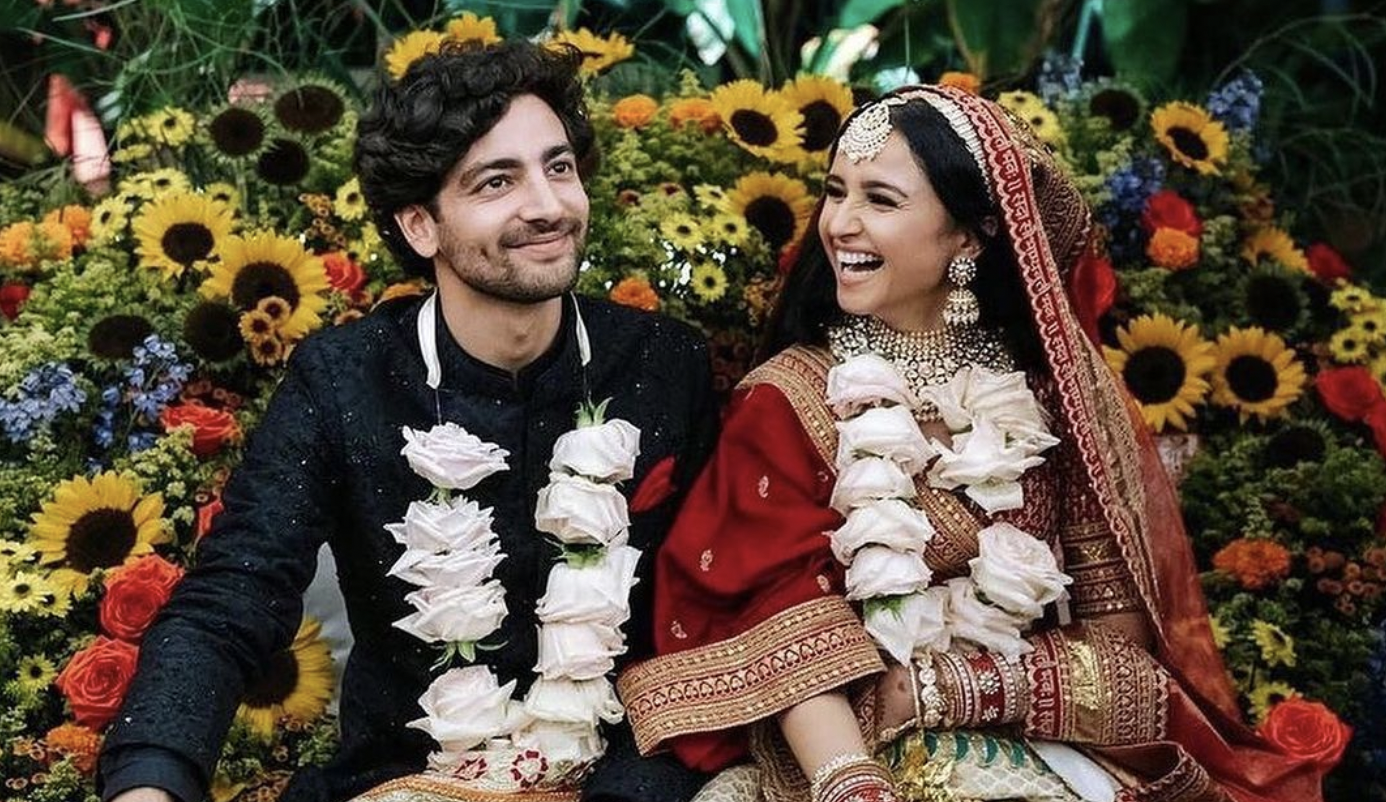A Complete Guide To Punjabi Wedding Ceremonies: Day Wise Traditions
South Asian Wedding Neha Garg AhujaPunjabi weddings are always known to be extravagant and lively celebrations that span over days with several pre and post-wedding ceremonies. They are known to be all pomp and show and are characterized by their rich traditions, music, dance, and food.
Day Wise Traditions at a Punjabi Wedding
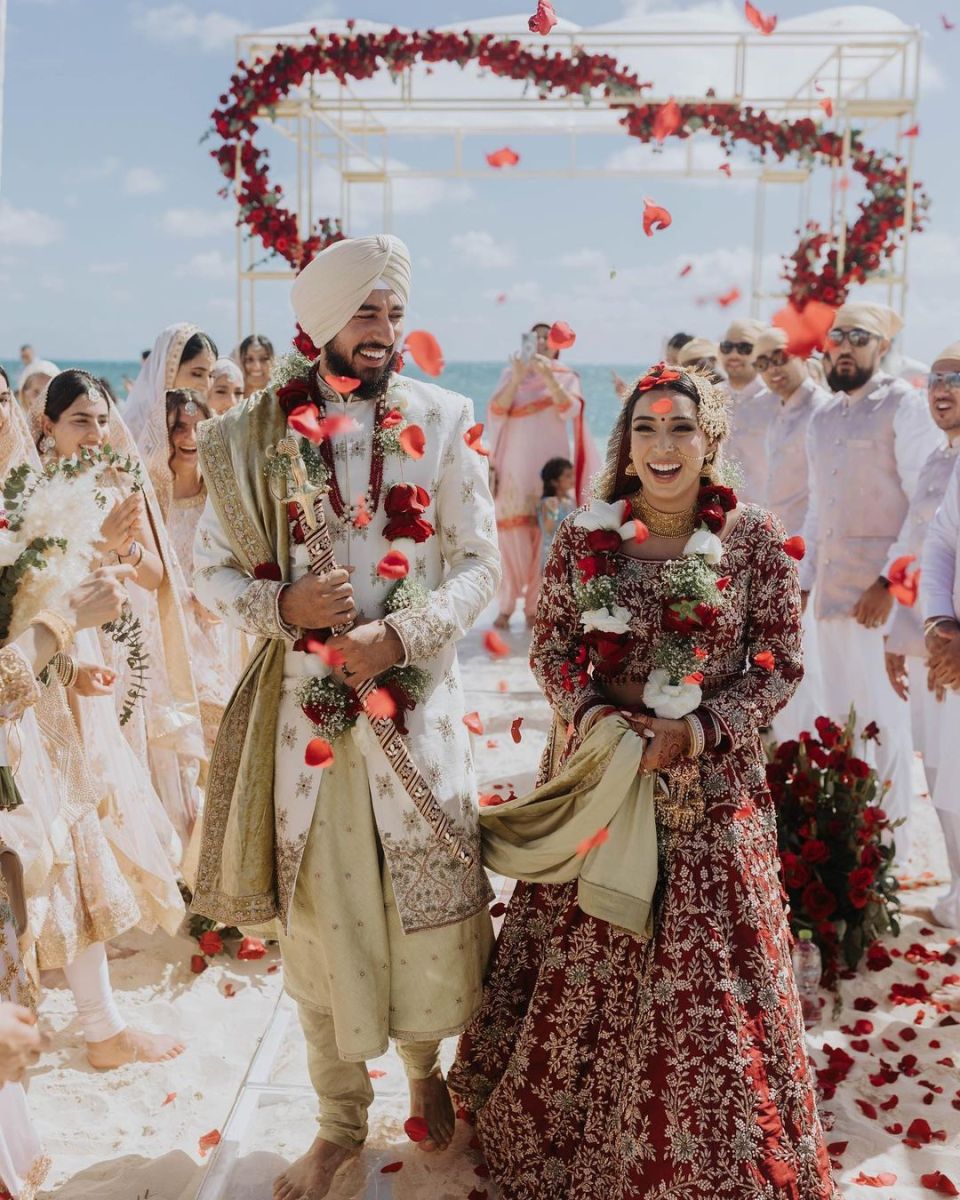
Source: Jag Photo Studios
Most of us have attended at least a few weddings, and probably know the order of ceremonies, but if you need a little help in knowing exactly what ceremonies take place before, during, and after the wedding, then you are at the right place. Here we will break down the structure of the ceremonies at a Punjabi wedding, dived into diverse traditions.
There is often a little flexibility with the addition of personal choices of music, decor, food, etcetera.
Pre Wedding Traditions
Here are some popular Punjabi wedding traditions that we all are fond of:
1. Roka Ceremony
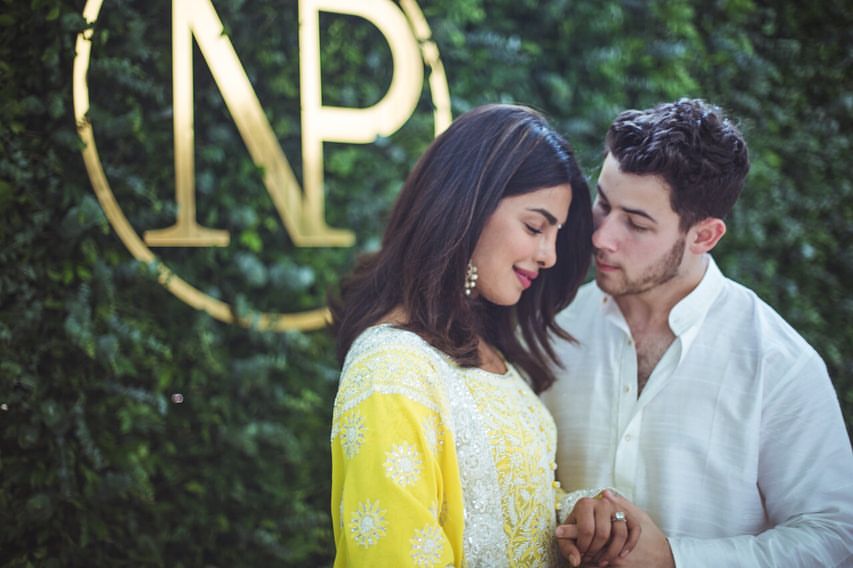
Source: Priyanka Chopra
This is one of the first pre-wedding ceremonies where the families of the bride and groom meet, give their consent for the marriage, exchange sweets, and give blessings to the couple. It’s an intimate ceremony that takes place in front of close friends and family. It often takes place at home, but if you want you can also perform this ceremony at a hotel or some other venue.
2. Sangeet Night
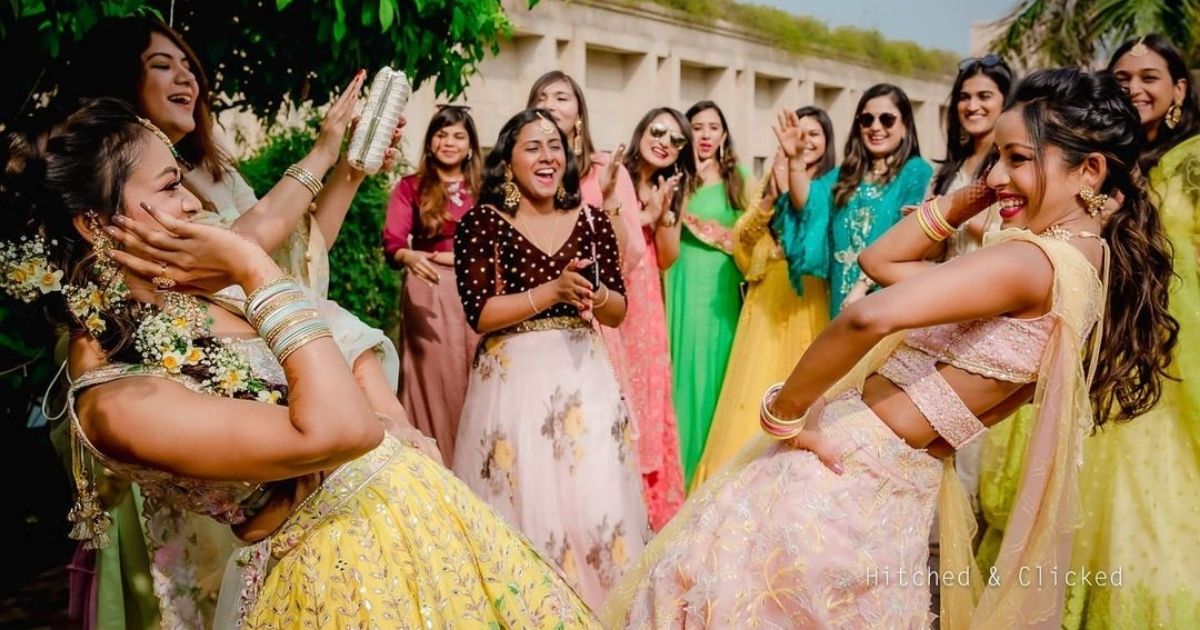
Source: Hitched & Clicked
This is a musical evening that takes place a day or two before the wedding for the friends and family to come together to sing, dance and celebrate. The bride and groom usually dance together, there are also performances of bridesmaids, friends, and family members to make this a night to remember.
3. Mehndi Ceremony
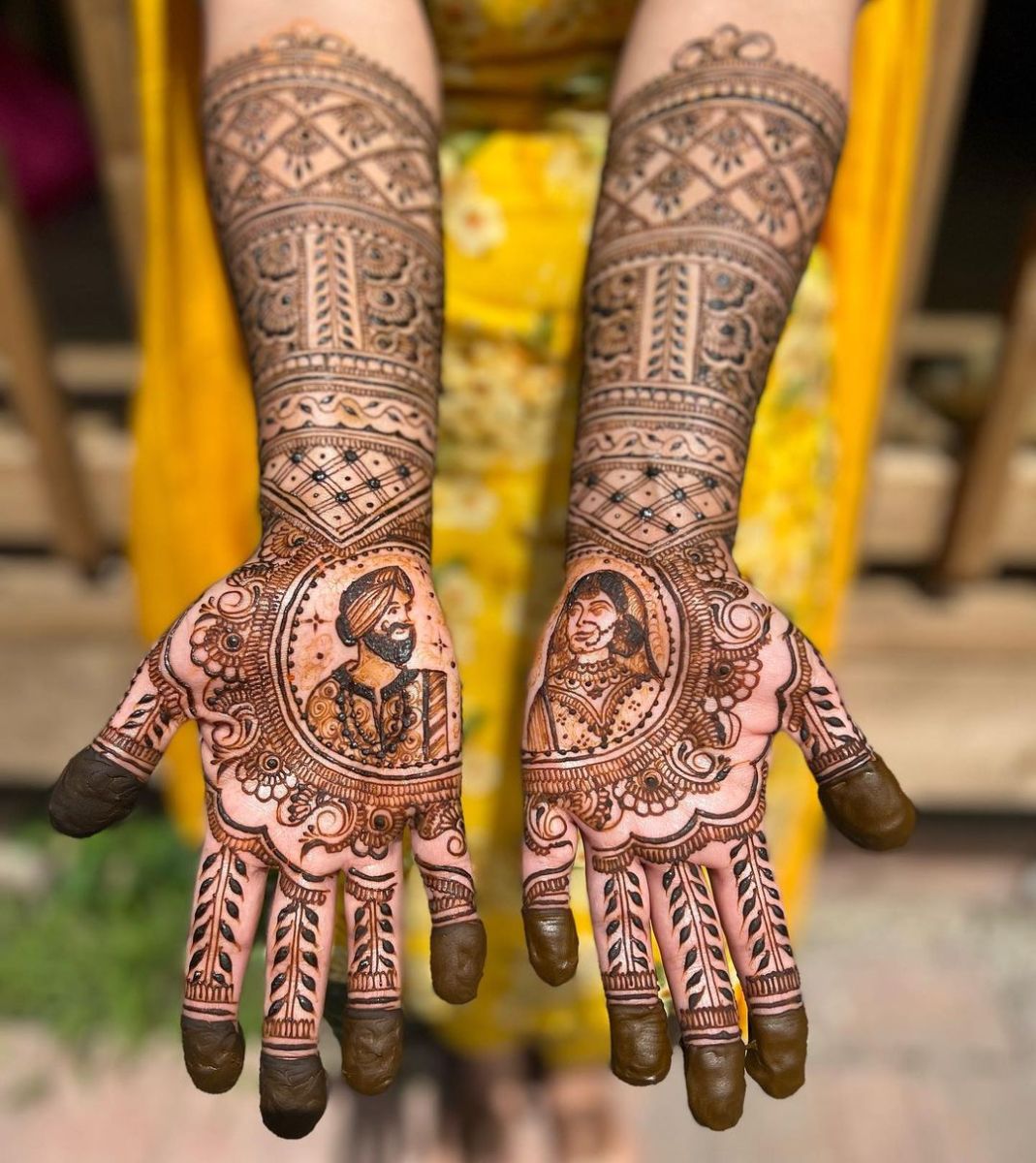
Source: Henna by Nav
Mehndi is one of the fun nights before the wedding, where the family members of both sides apply henna on their hands.
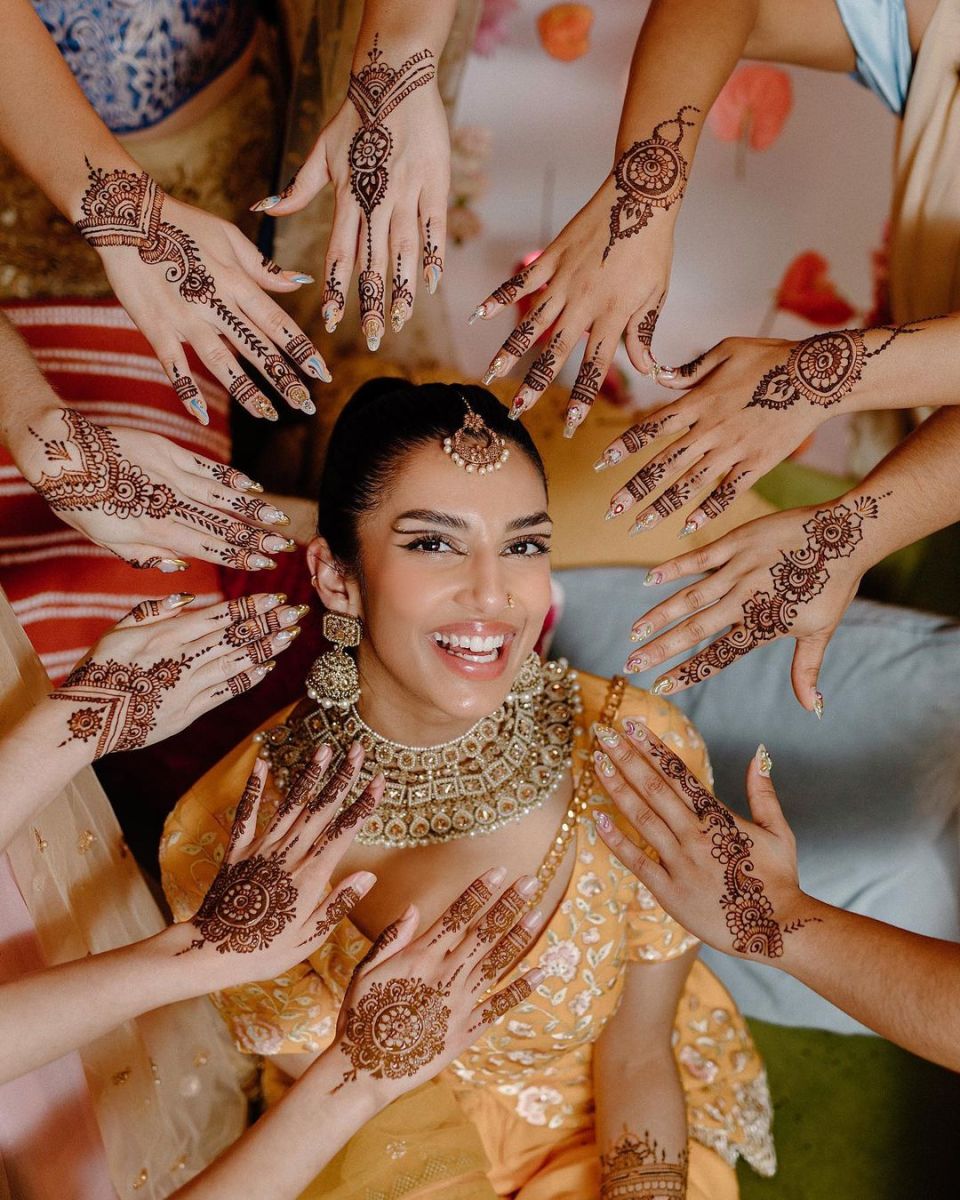
Source: Rolling Canvas Presentations
Applying mehndi is believed to bring good luck and fortune to the bride for her new beginnings. It is also said, the darker the color of the mehndi is, the more the bride is loved by her husband and in-laws.
Wedding Day Traditions
1. Chooda Ceremony
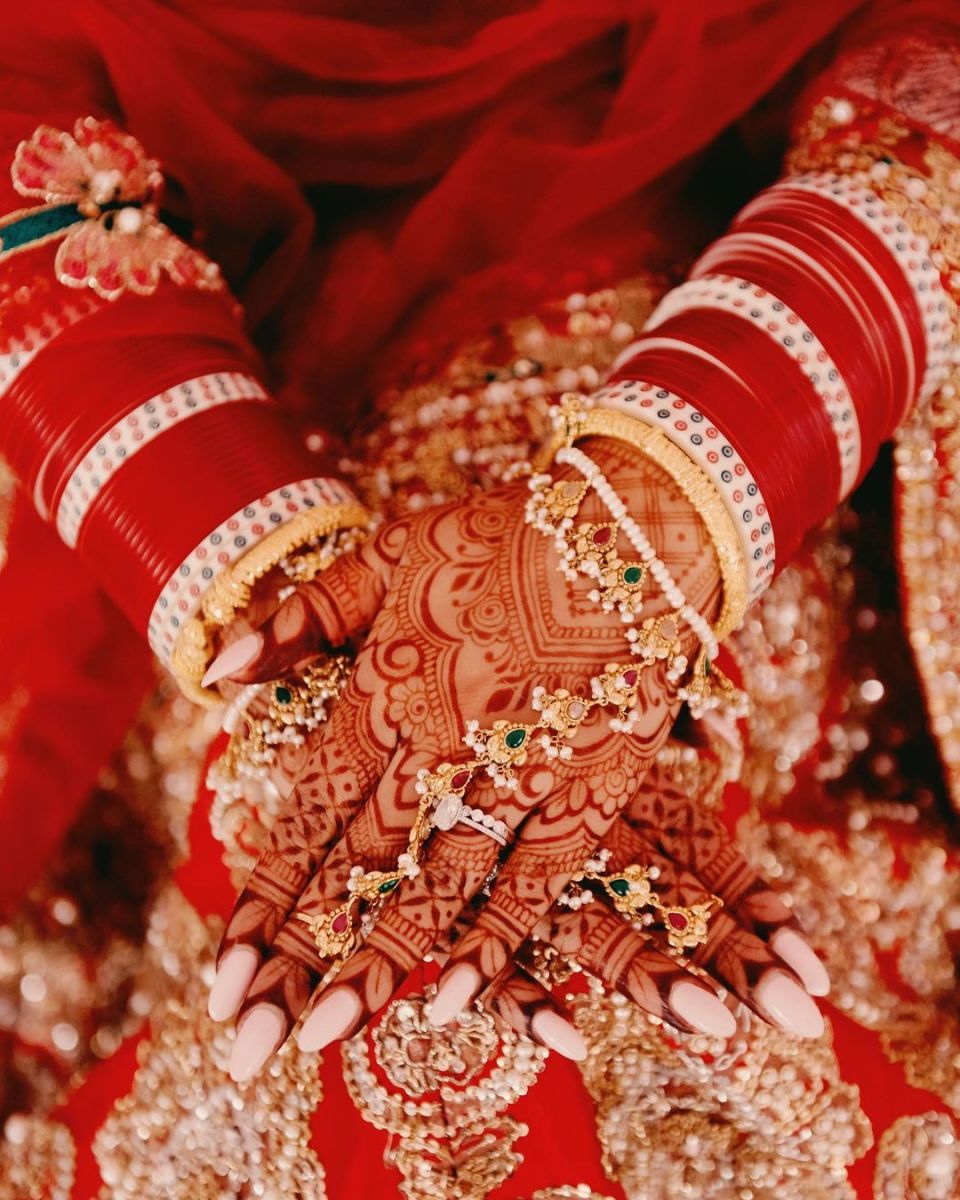
Source: Arora Events
The choora ceremony usually takes place on the morning of the wedding day, and it is believed that the bride is not supposed to see her choora until the ceremony. The maternal uncle or aunt presents the choora to the bride, and then the bride's sisters and cousins tie the bangles on her wrists. The traditional choora is made up of 21 bangles in total, with each set consisting of 7 red bangles, 7 white bangles, and 7 other bangles in different colors.
The choora is a symbol of a newlywed woman's marital status and is considered to bring good luck and prosperity to the couple. The bride wears the choora for a period of a minimum of forty days after the wedding ceremony.
2. Kalira Ceremony
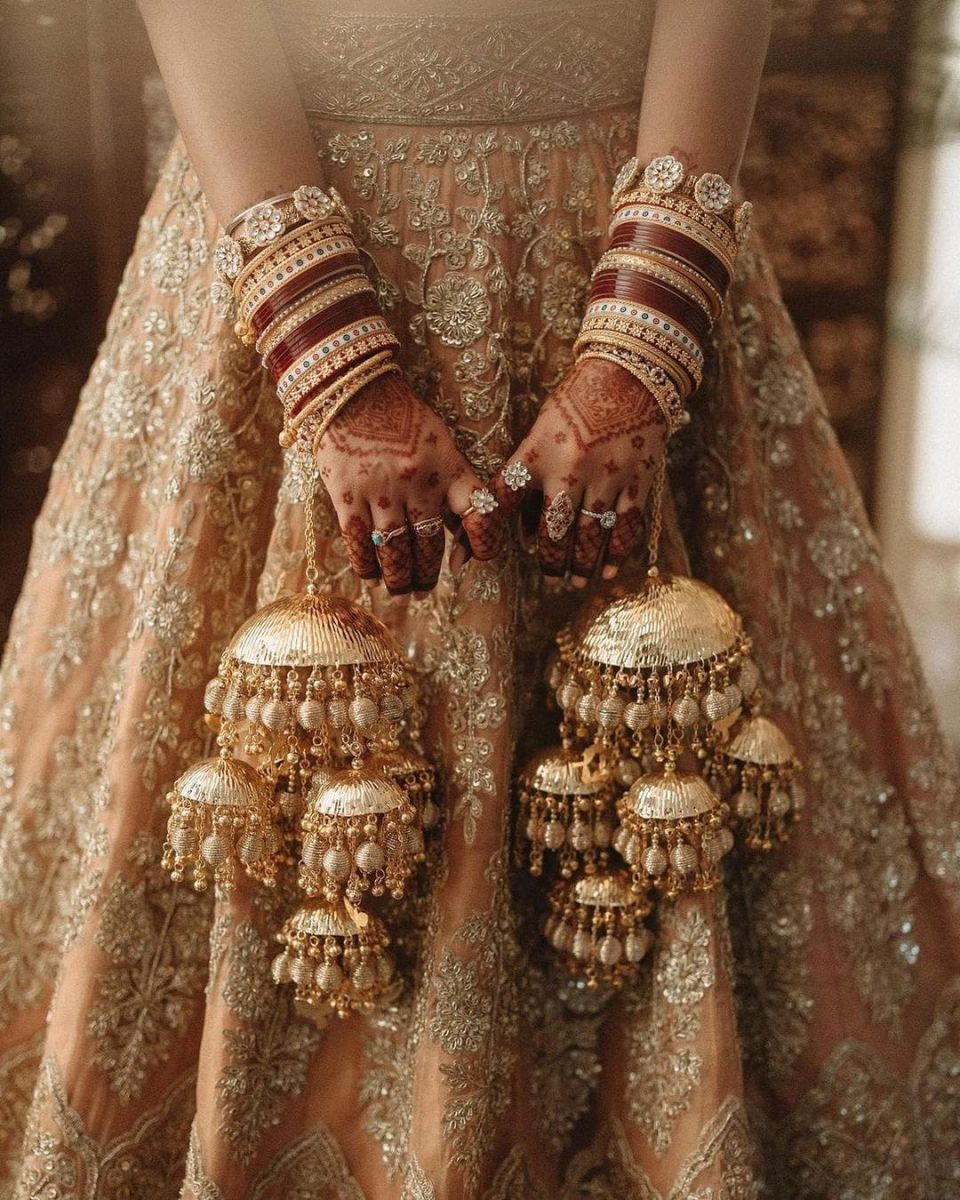
Source: RJS & Company
The Kalira ceremony is a traditional ritual that is part of a Punjabi wedding. It is usually performed after the Chooda ceremony. Kaliras is a set of small metallic umbrella-shaped ornaments hanging/tied to the bride’s chooda by her sisters and friends. The kaliras are made up of metal and are embellished with small pearls, beads, and ghungroos.
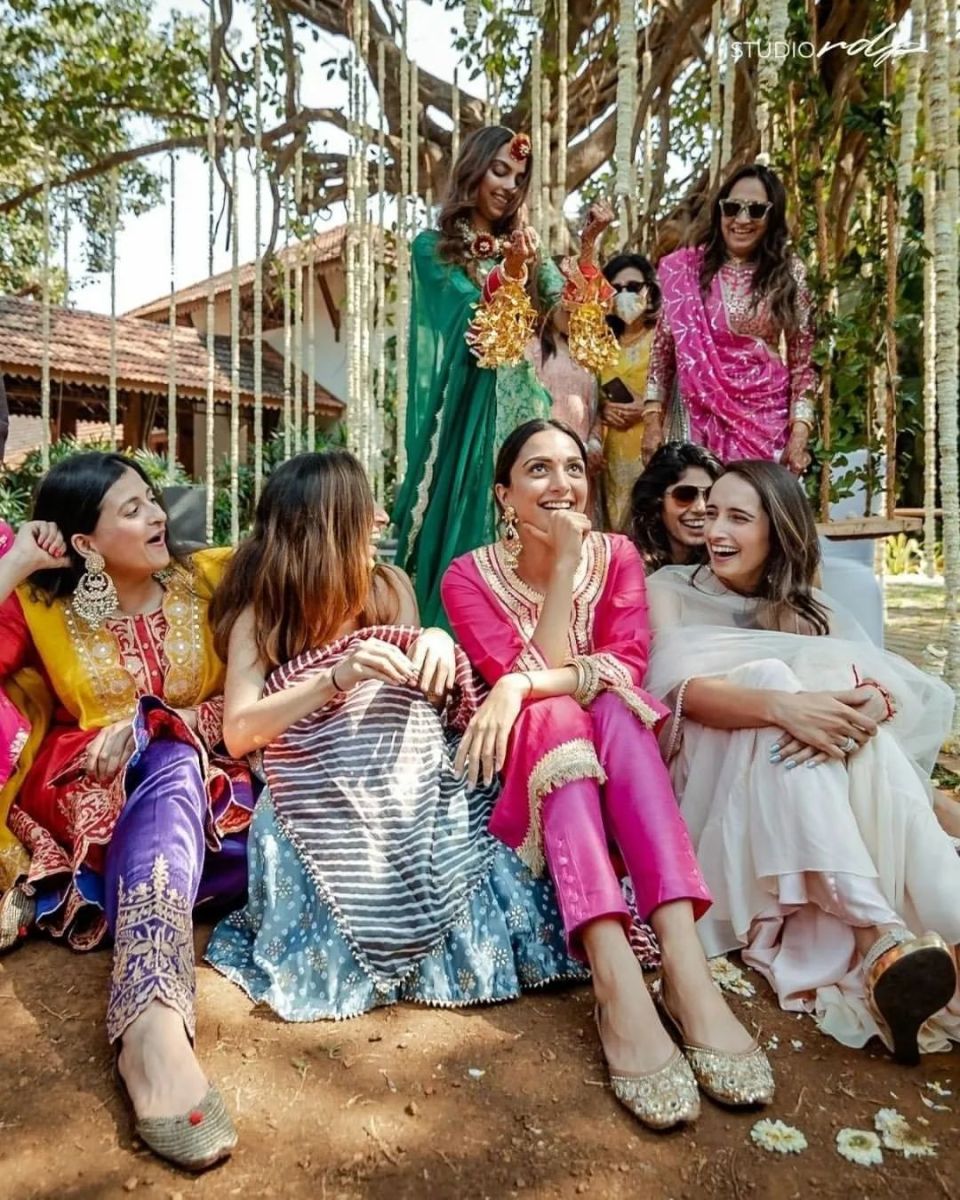
Source: Studio RDP
It is said that if the bride shakes her hands, and the Kalire falls on an unmarried girl, she will be the next one to get married.
3. Sehra Bandi Ceremony
The Sehra Bandi ceremony is a ritual performed by the groom's family, and it involves the tying of a sehra, which is a traditional headgear worn by the groom after he is dressed in his wedding attire.
The sehra can be made of flowers, beads, and other decorative items to cover the groom's face.
4. Baraat
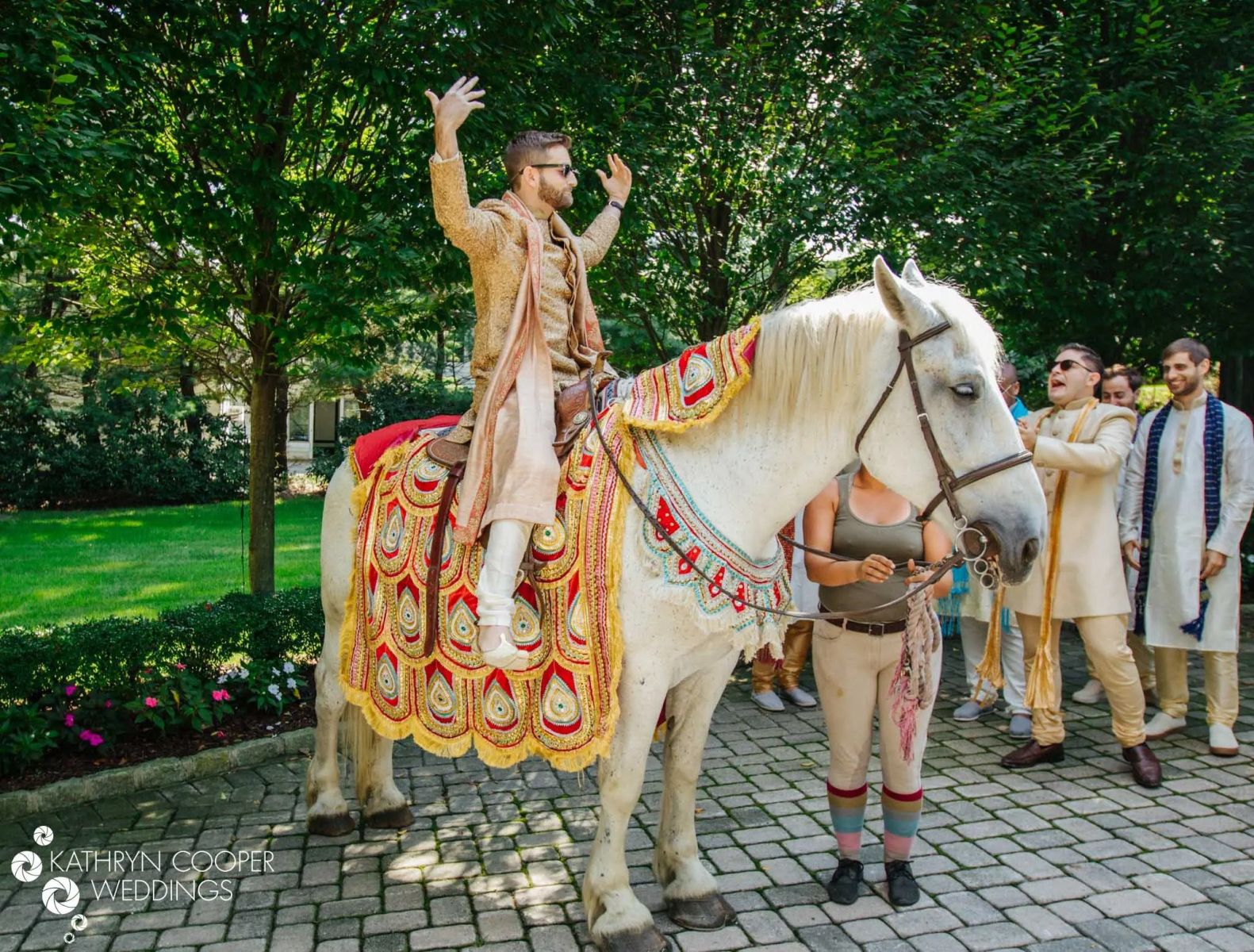
Source: Kathryn Cooper Weddings
The baraat ceremony involves the groom's procession to the bride's house or wedding venue, riding on a decorated horse, accompanied by his family and friends, dancing and singing around him.
5. Milni Ceremony
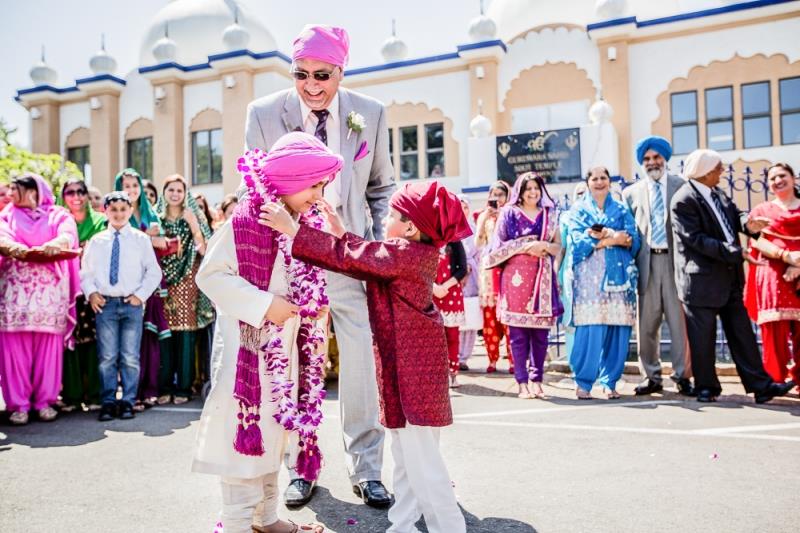
Source: James Thomas Long Photography
The Milni ceremony is a formal introduction between the groom's and the bride's families and involves the exchange of garlands and gifts. It symbolizes the acceptance of the bride and the groom's families into each other's lives.
6. Anand Karaj Ceremony
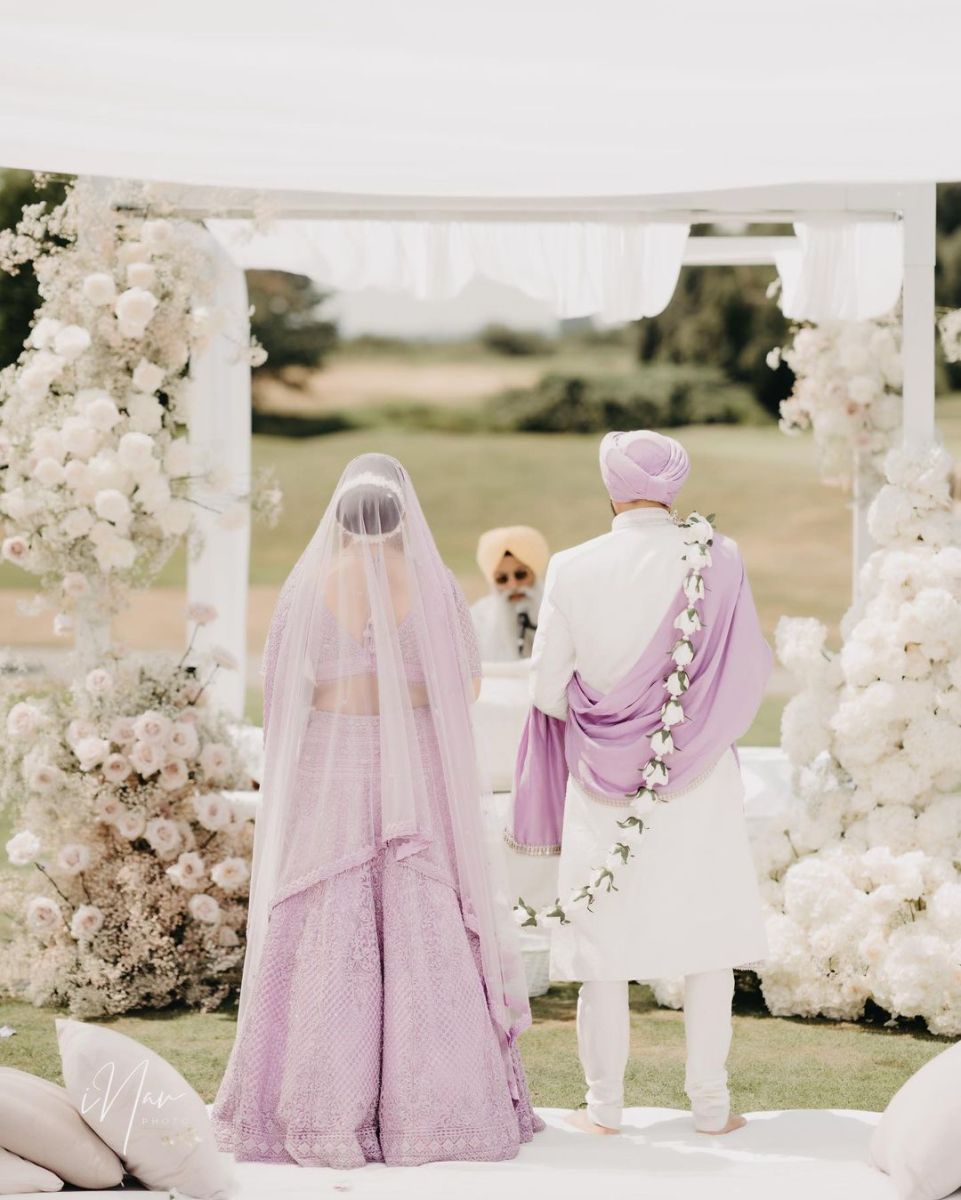
Source: iNav Photo
Anand Karaj is the Sikh marriage ceremony that takes place in the presence of the Guru Granth Sahib, the Sikh holy book and is conducted by a Sikh priest. Anand Karaj is a Sanskrit term, which means "blissful union" or "joyful union".
This ceremony usually takes place in a gurudwara (Sikh temple), but it can also be performed at home or at a location that is suitable for the ceremony that lasts for about an hour.
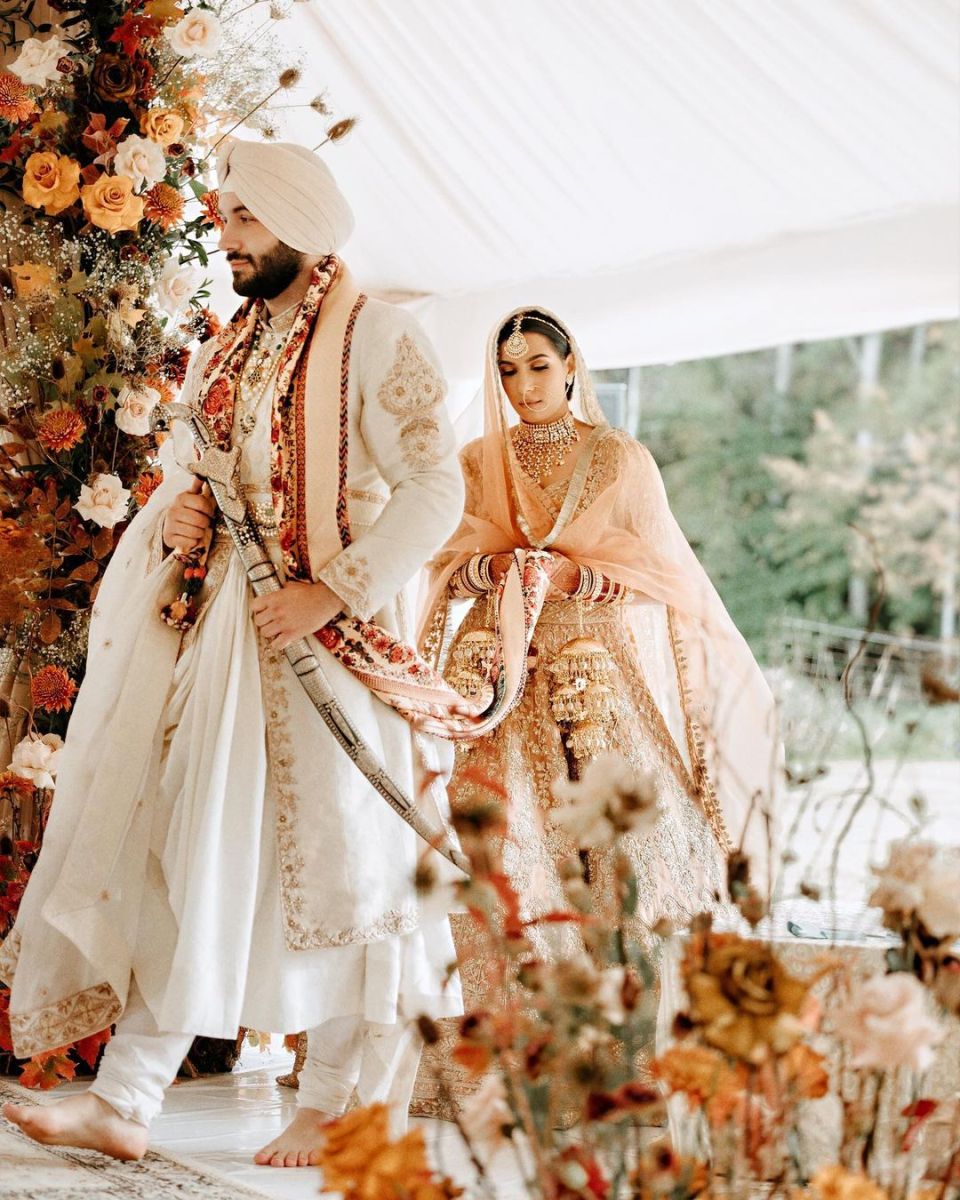
Source: Amrit Photography
During the ceremony, the bride and groom sit together in front of the Guru Granth Sahib, and the priest reads passages from the holy book. The couple then takes four rounds around the Guru Granth Sahib, following which they are considered married.
7. Varmala/Jaimala Ceremony
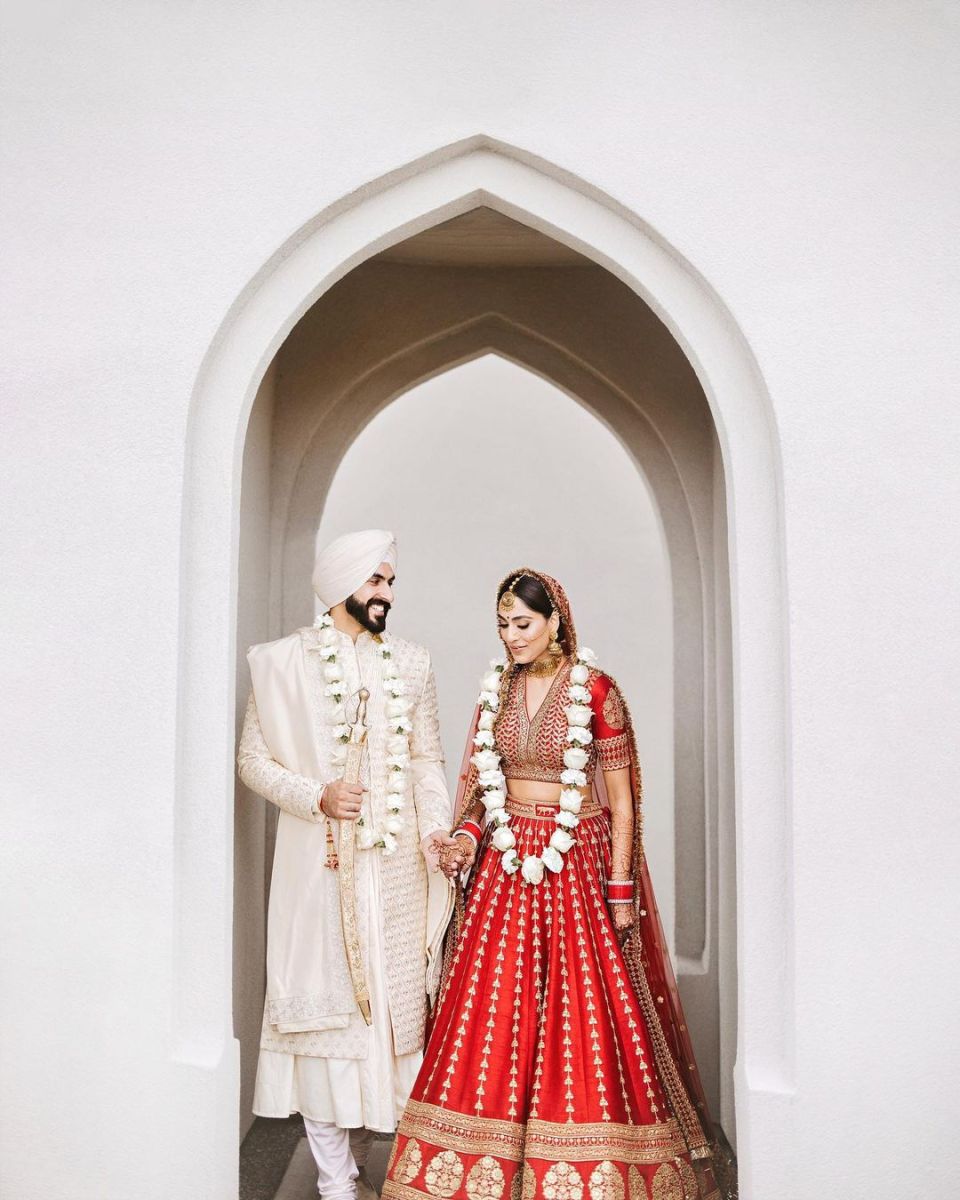
Source: Amrit Photography
The Varmala ceremony takes place after baraat and it’s a ritual where the bride and groom exchange floral garlands as a symbol of love and acceptance to each other.
This ceremony is accompanied by music and cheering from the friends and family attending the wedding. It signifies the beginning of their journey together.
8. Phere/Vows
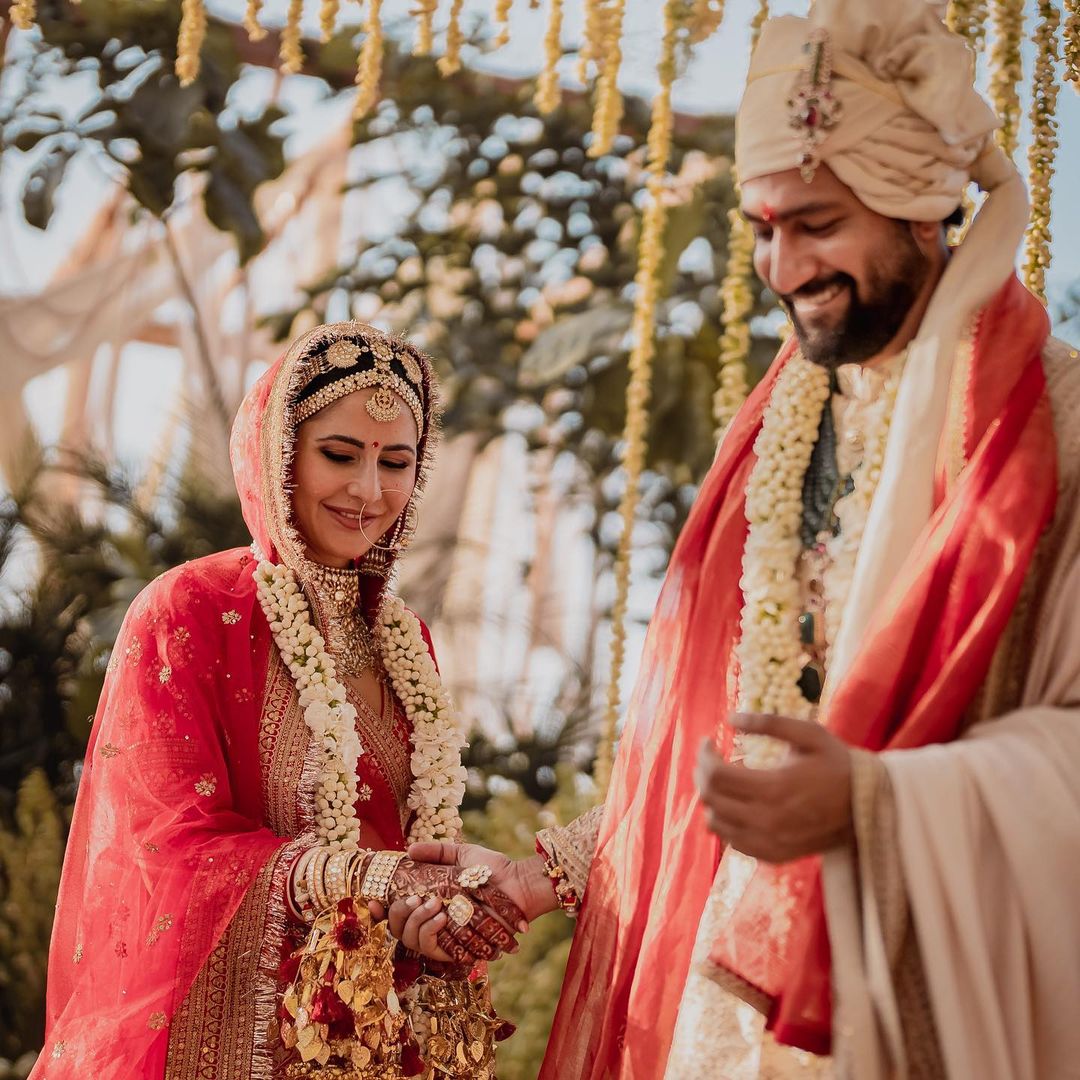
Source: Vicky Kaushal
The couple takes seven vows around the sacred holy fire, signifying their commitment to each other while the priest recites the meaning of each vow.
Each vow symbolizes a promise to each other, including supporting each other in good and bad times, being faithful, and respecting and staying committed to each other. It marks the beginning of the couple's new life together as husband and wife.
9. Kanyadaan (The Giving Away of the Bride)
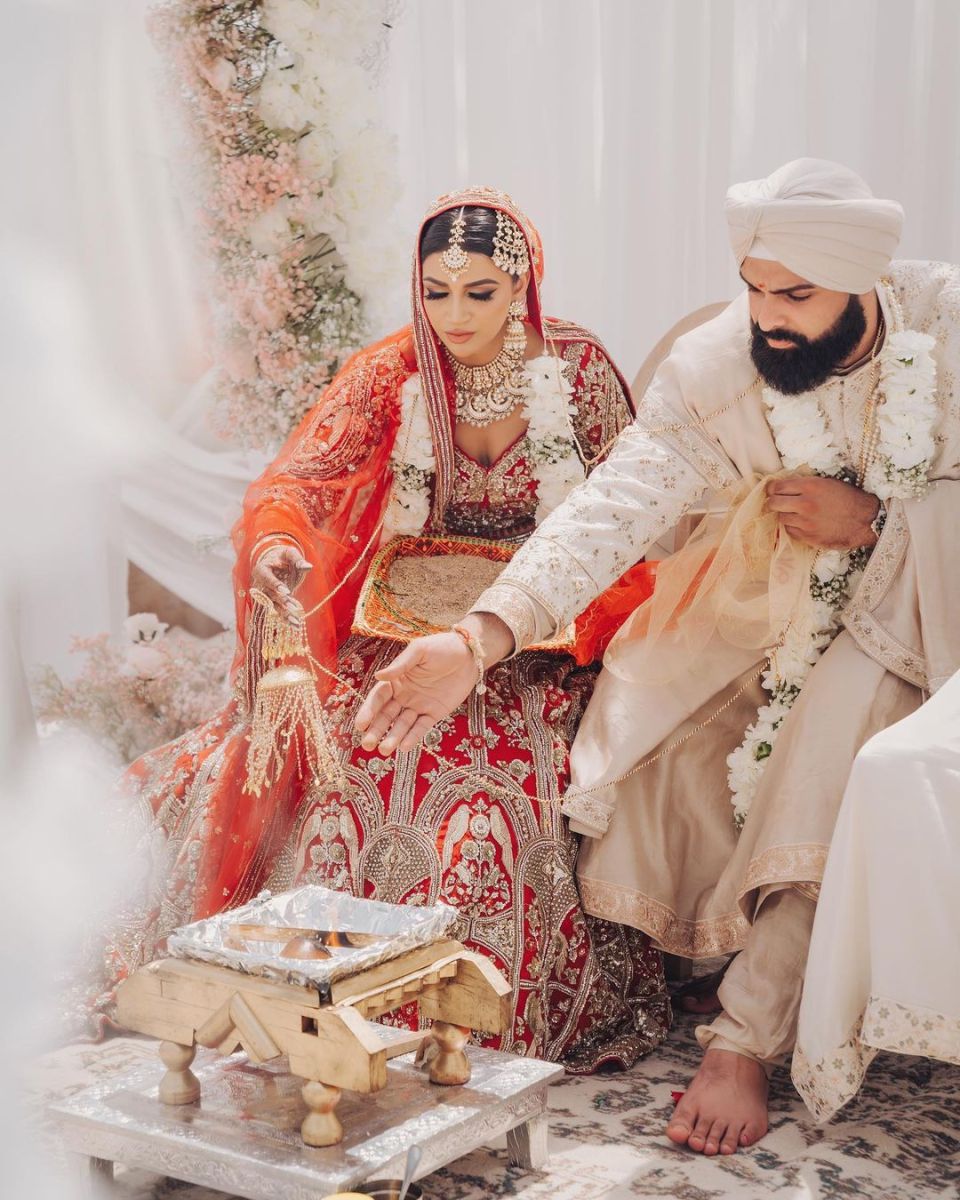
Source: I Alam Photo
During the Kanyadaan ceremony, the bride's father gives her hand in marriage to the groom’s hand, signifying the bride's parent's willingness to entrust their daughter's happiness to the groom. It’s an emotional moment for the families to witness and bless the union of the couple.
10. Sindoor and Mangalsutra Ceremony
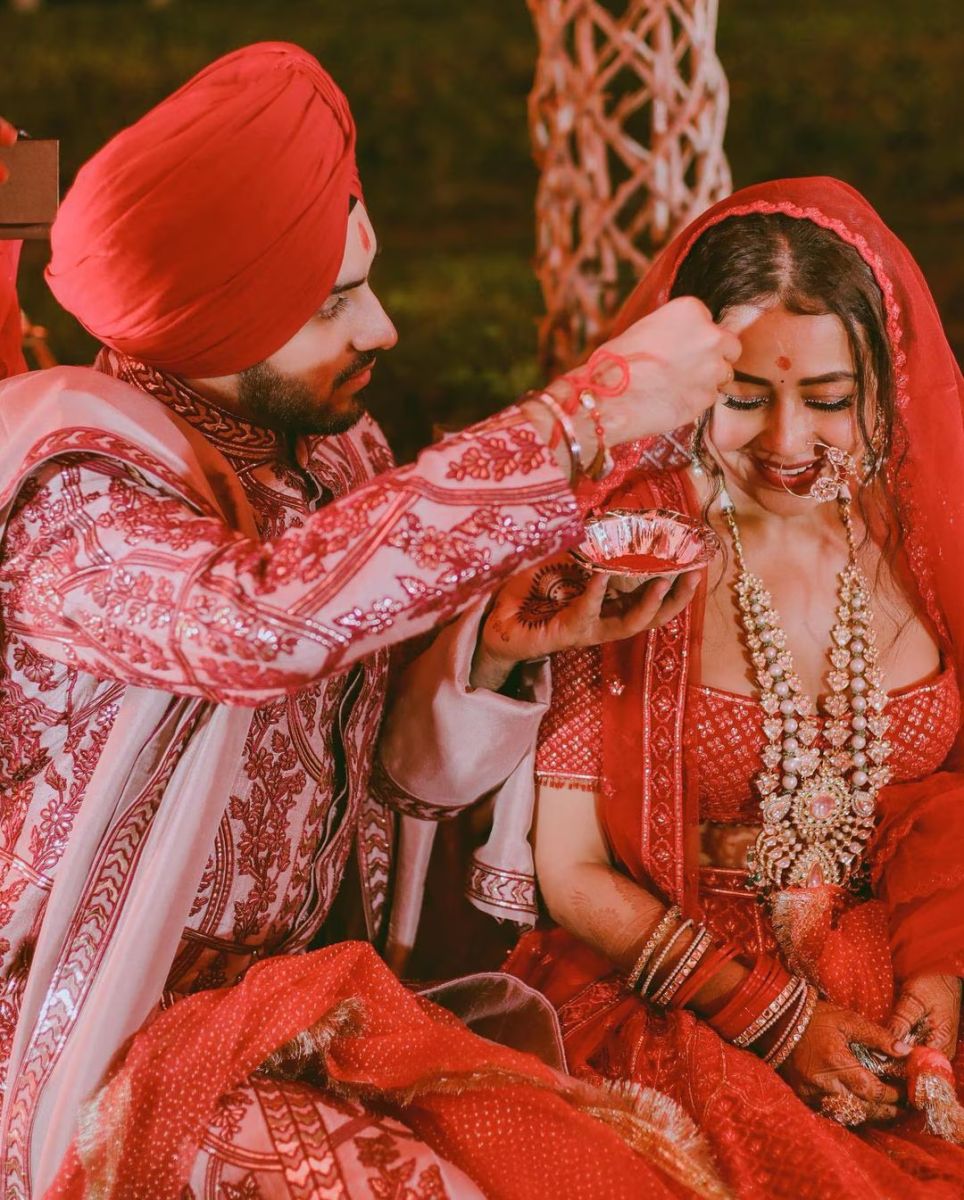
The Sindoor and Mangalsutra ceremony is a traditional ritual that symbolizes the official union of the bride and groom as husband and wife.
In this ceremony, the groom applies sindoor (vermilion powder) on the parting of the bride's hair, which is known as the Sindoor ceremony. It is considered to be a sacred ritual that marks the beginning of a new journey for the bride and groom as a married couple.
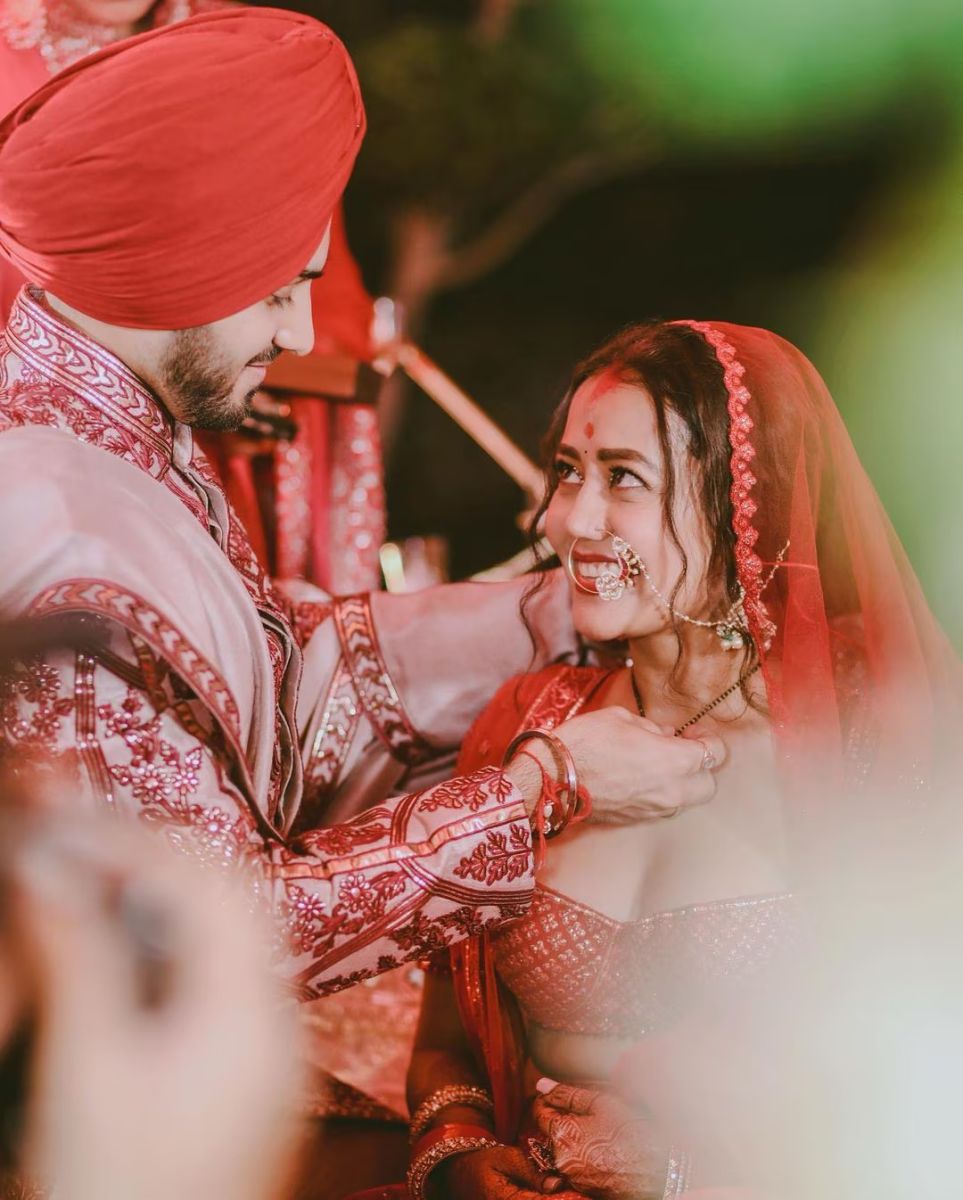
Source: Deepikas Deep Clicks
The groom then ties a mangal sutra (a sacred thread or necklace) around the bride's neck, which is called the Mangalsutra ceremony. The mangal sutra is usually made of gold or black beads and is considered to be a symbol of the groom's love and commitment to the bride.
11. Doli/Vidaai Ceremony
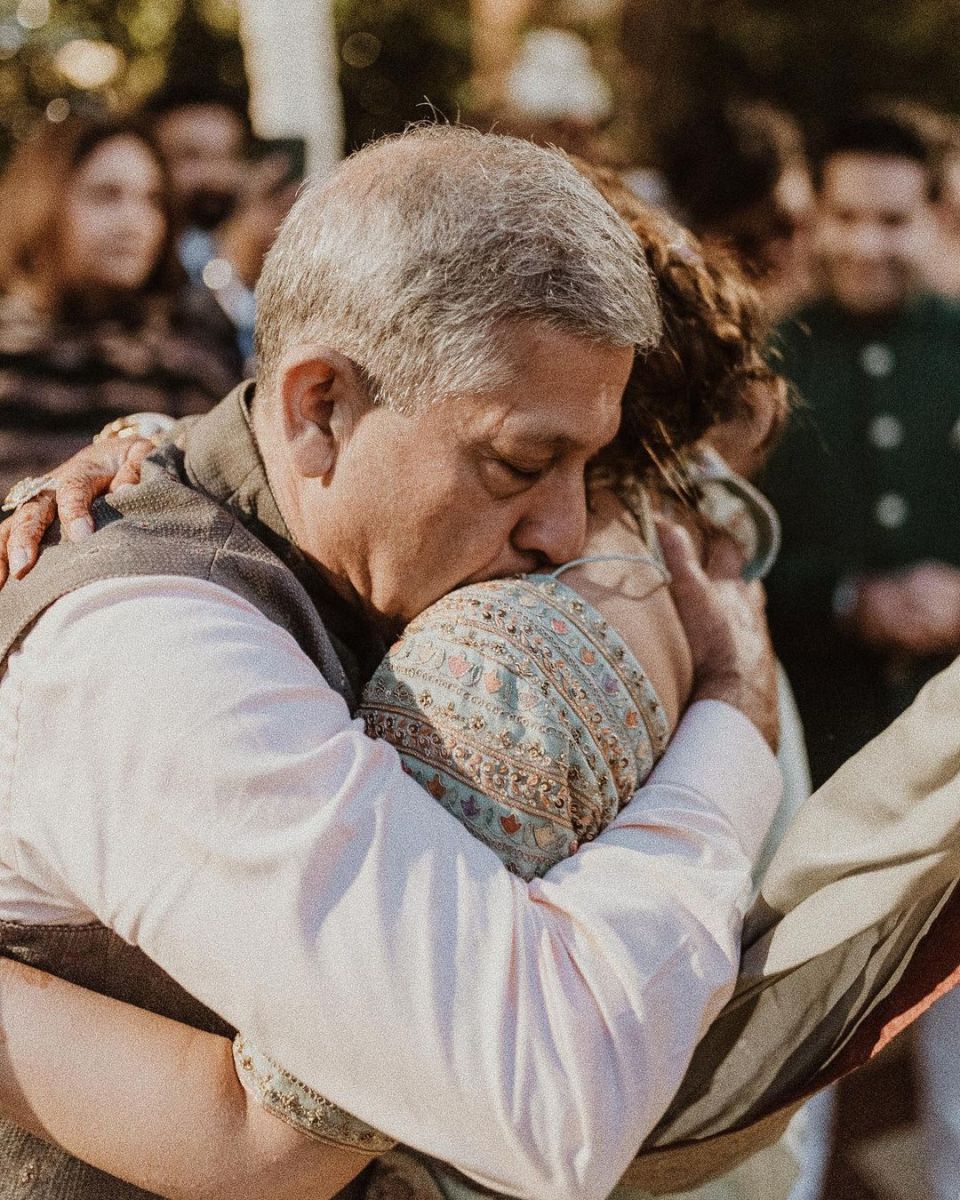
Source: Sutej Pannu Photographer
Vidaai is an emotional and bittersweet ritual that takes place at the end of a Punjabi wedding ceremony. It marks the departure of the bride from her parent's home to begin her new life with her husband and his family. During the ceremony, the bride is then escorted to the car, also known as doli.
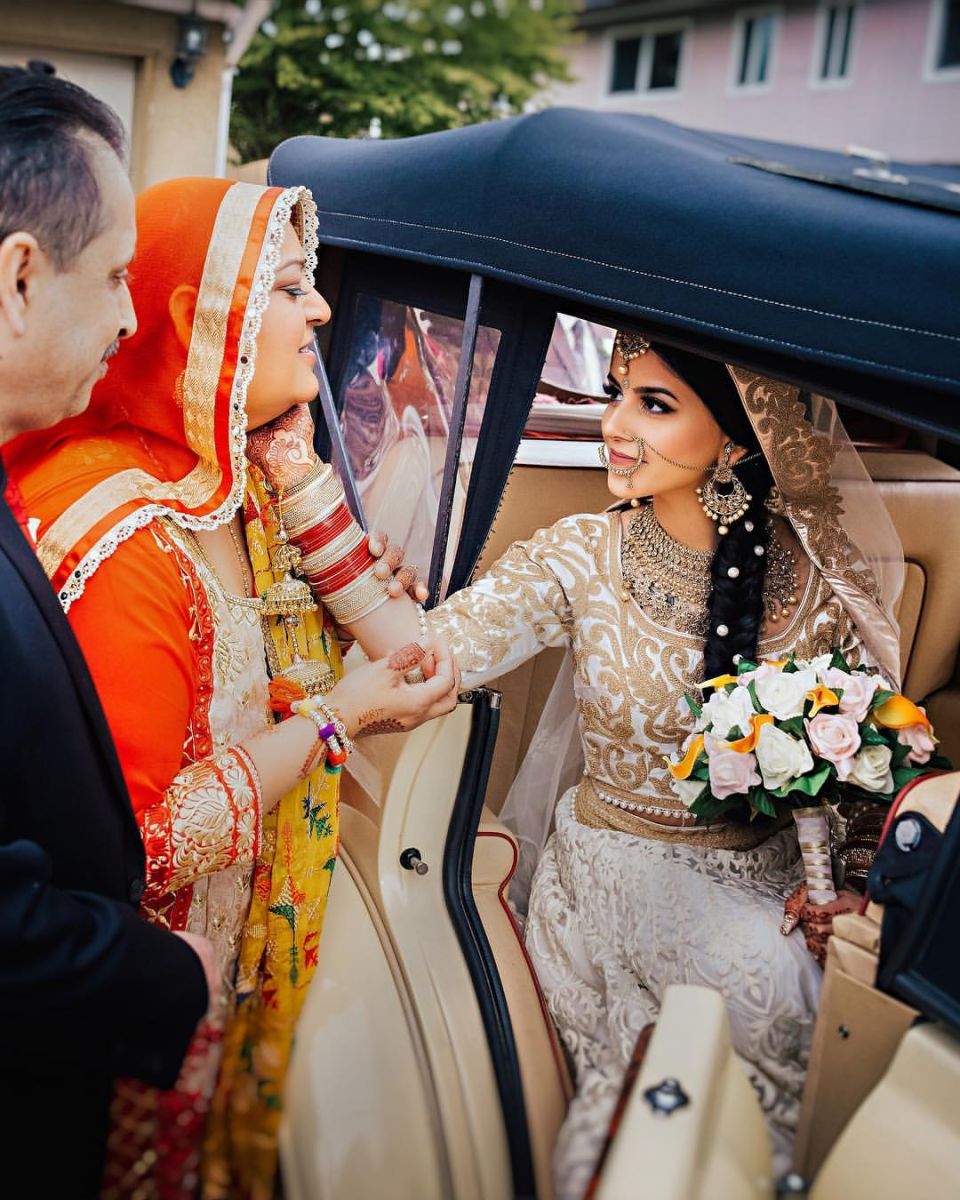
Source: Amrit Photography
It’s an emotional moment for the bride as she has to bid goodbye to her parents, siblings, and family to begin a new chapter of her life.
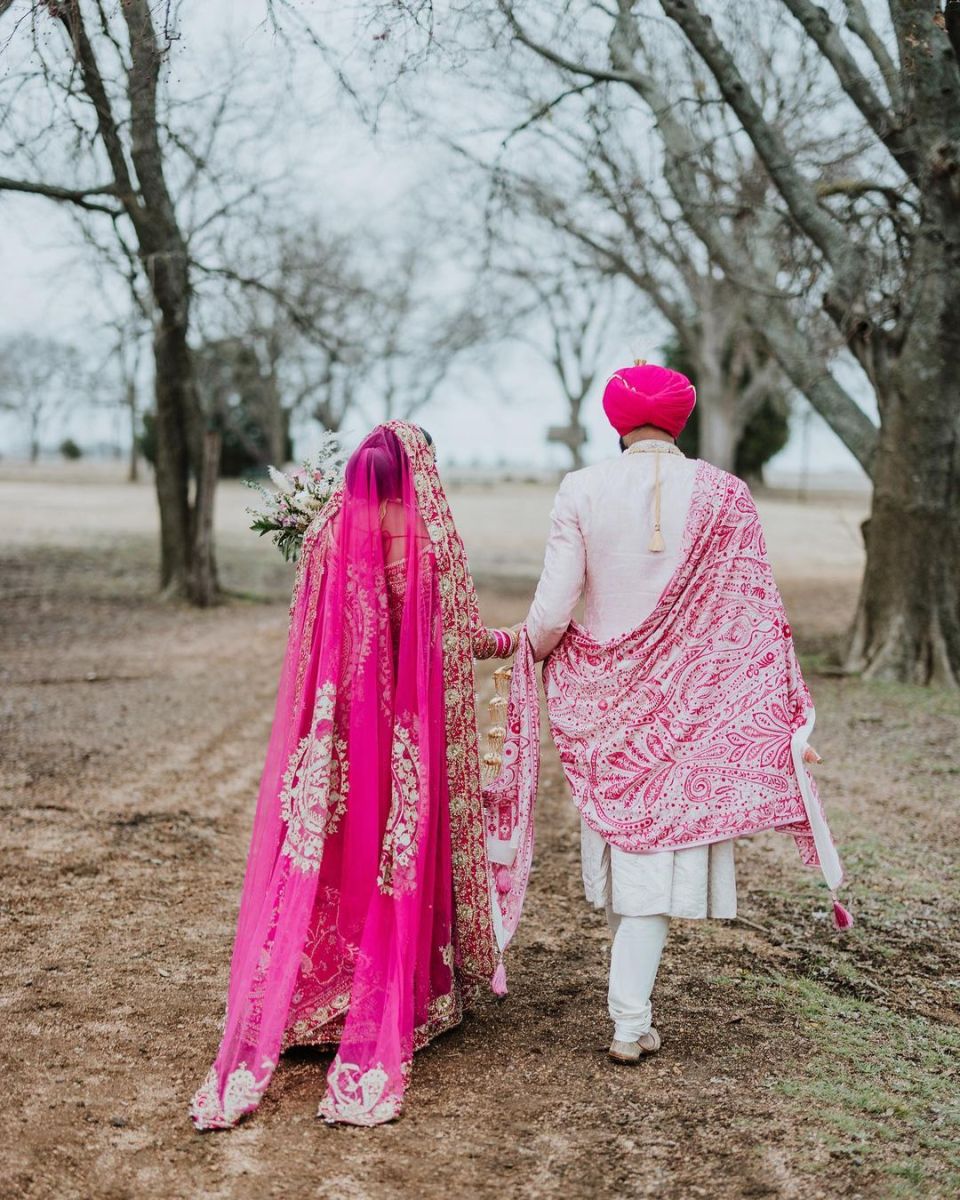
Source: Jag Photo Studios
This ritual marks the transition from one phase of life to another.
Post-Wedding Traditions
Punjabi weddings are known for their lively celebrations that continue for several days after the wedding ceremony. Here are some of the post-wedding traditions that are commonly followed in Punjabi weddings. These post-wedding traditions are an important part of Punjabi culture, marking the end of the wedding celebrations and the beginning of the couple's new life together.
1. Griha Pravesh
Griha Pravesh is a traditional Hindu ritual that is performed after a newlywed couple enters the groom's house for the first time after the wedding. It is a ceremony that signifies the couple's entry into their new home and their new life together.
This ceremony is usually performed by the groom's mother, welcoming the newlywed couple into the house. It involves the bride entering the house with her right foot first and knocking over a vessel filled with rice. This is believed to bring good luck and prosperity to the couple and marks the beginning of their new journey together.
2. Pag Phera
Pag Phera is a custom where the bride returns to her parental home, along with her husband, a few days after the wedding, to meet her parents and other family members.
During the ceremony, the bride's parents and family members welcome the newlyweds with open arms and shower them with blessings, love, and gifts.
3. Reception
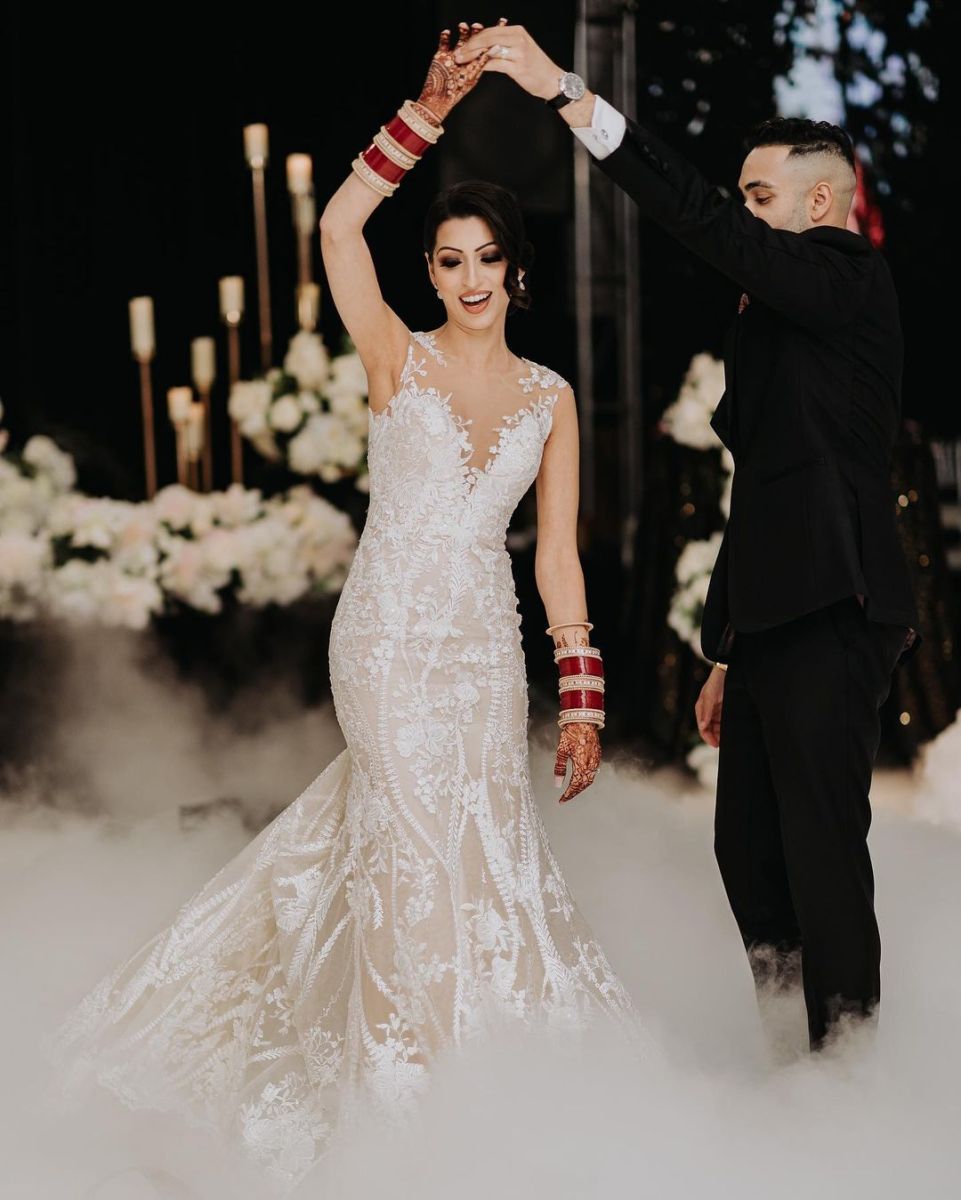
Source: Jag Photo Studios
The reception night is a grand affair that usually takes place a day or two after the wedding ceremony. It is hosted by the groom's family to welcome the newlywed couple and introduce them to their extended family and friends.
It is a grand finale to the wedding celebrations and it starts with the newlyweds entering the venue and being welcomed by their families and guests. There is a lot of dancing, singing, good food, and drinks that make this night a memorable one for everyone.
Conclusion
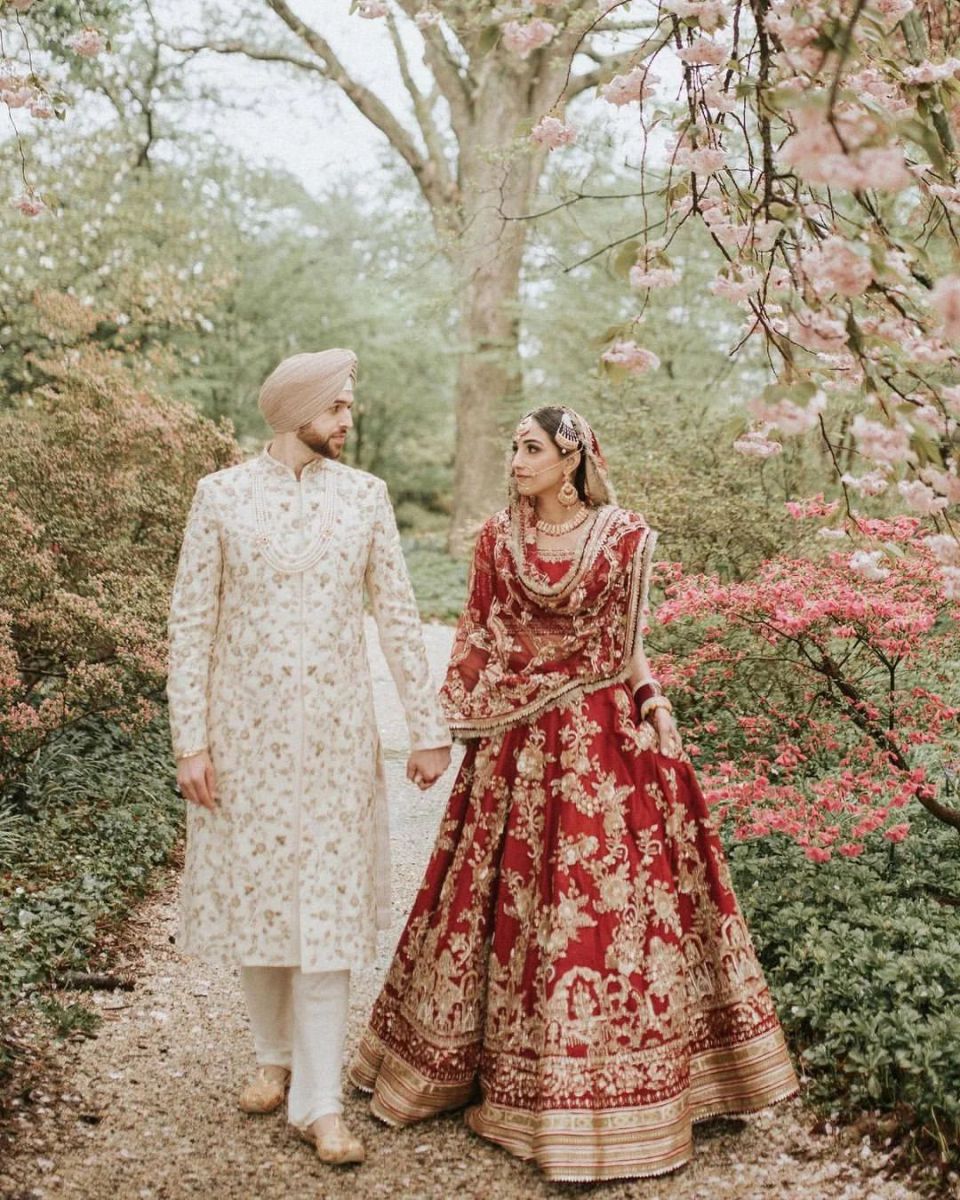
Source: Sumeet & Ishaan
The beauty of a Punjabi wedding is their traditions and how beautifully they are depicted in ceremonies. There are several before, during and after ceremonies that only multiplies the fun you are going to have at a traditional Punjabi wedding that's all about culture, rituals, extended family coming together, good food and lots of fun and dancing! You are flexible to change the rituals and give it your own glorified touch if you want, but the essence of a Punjabi wedding remains the same.

